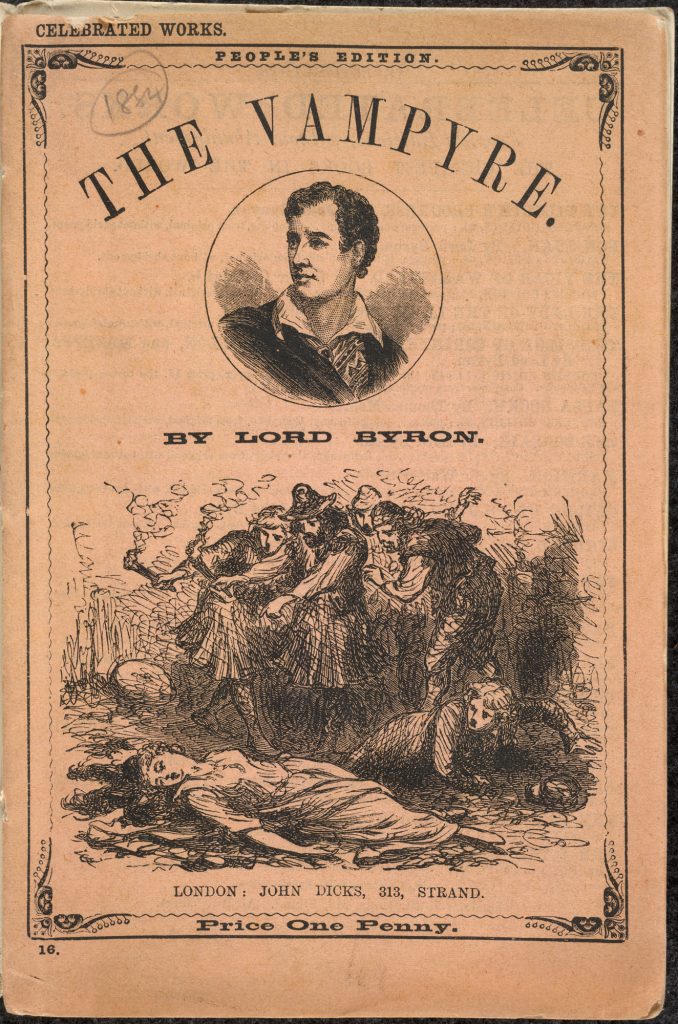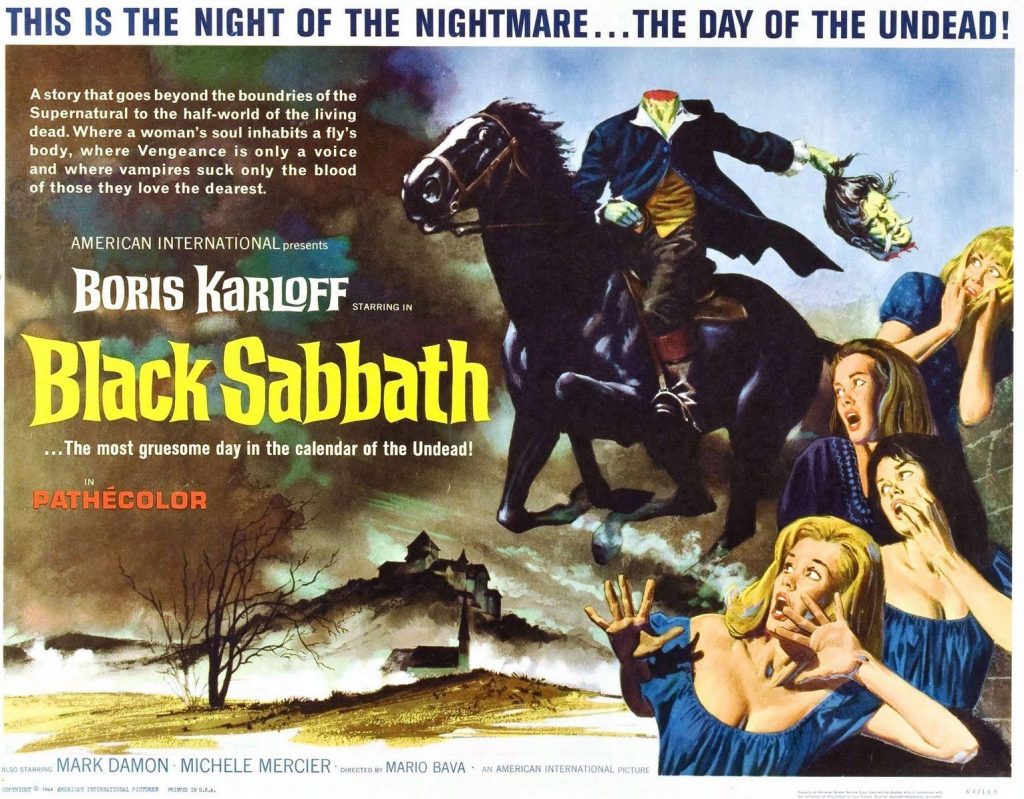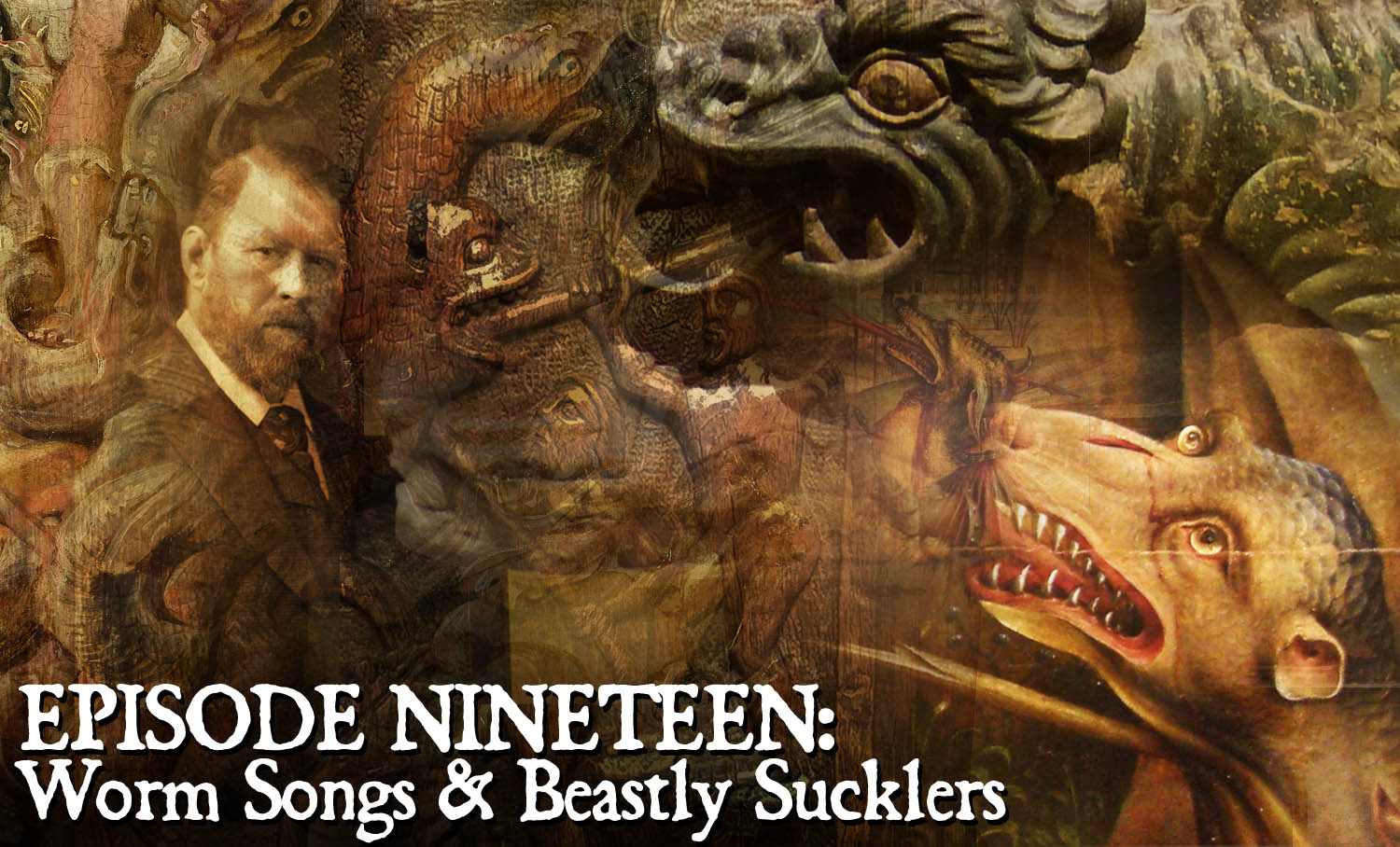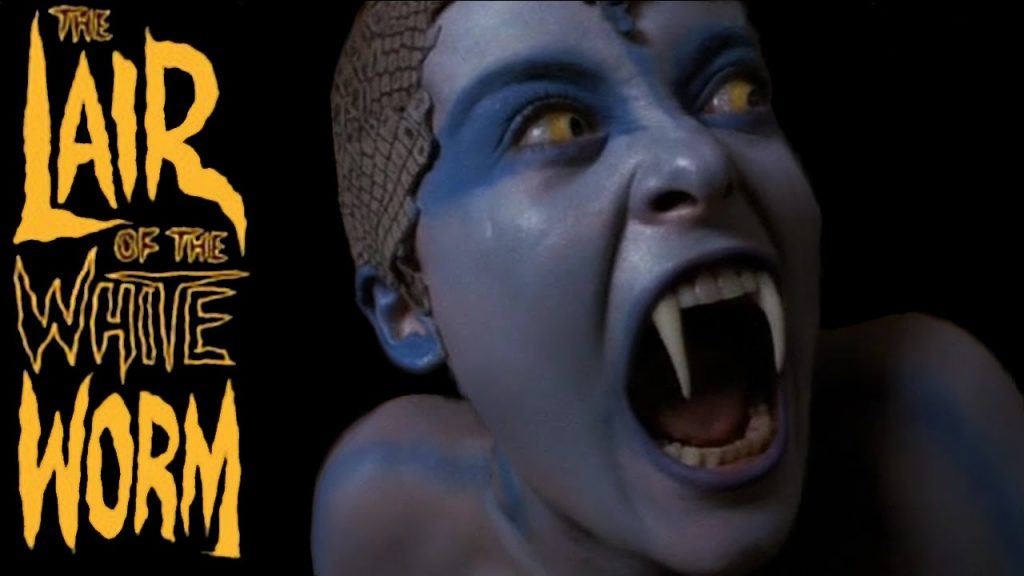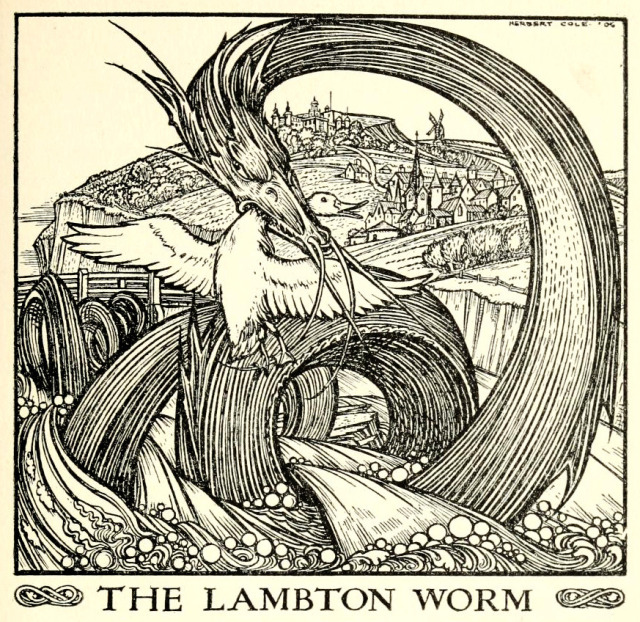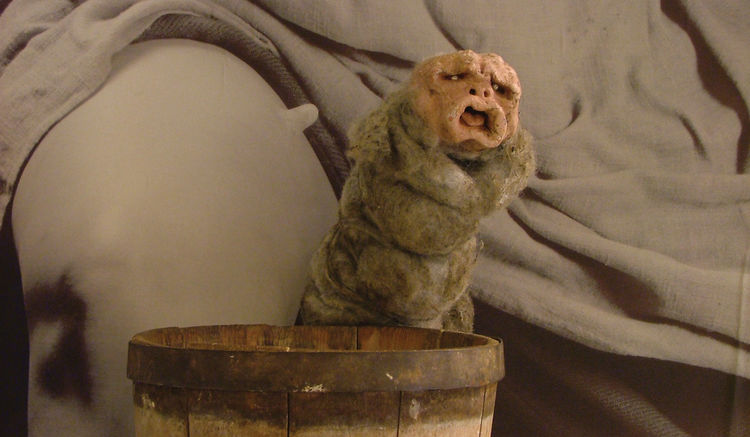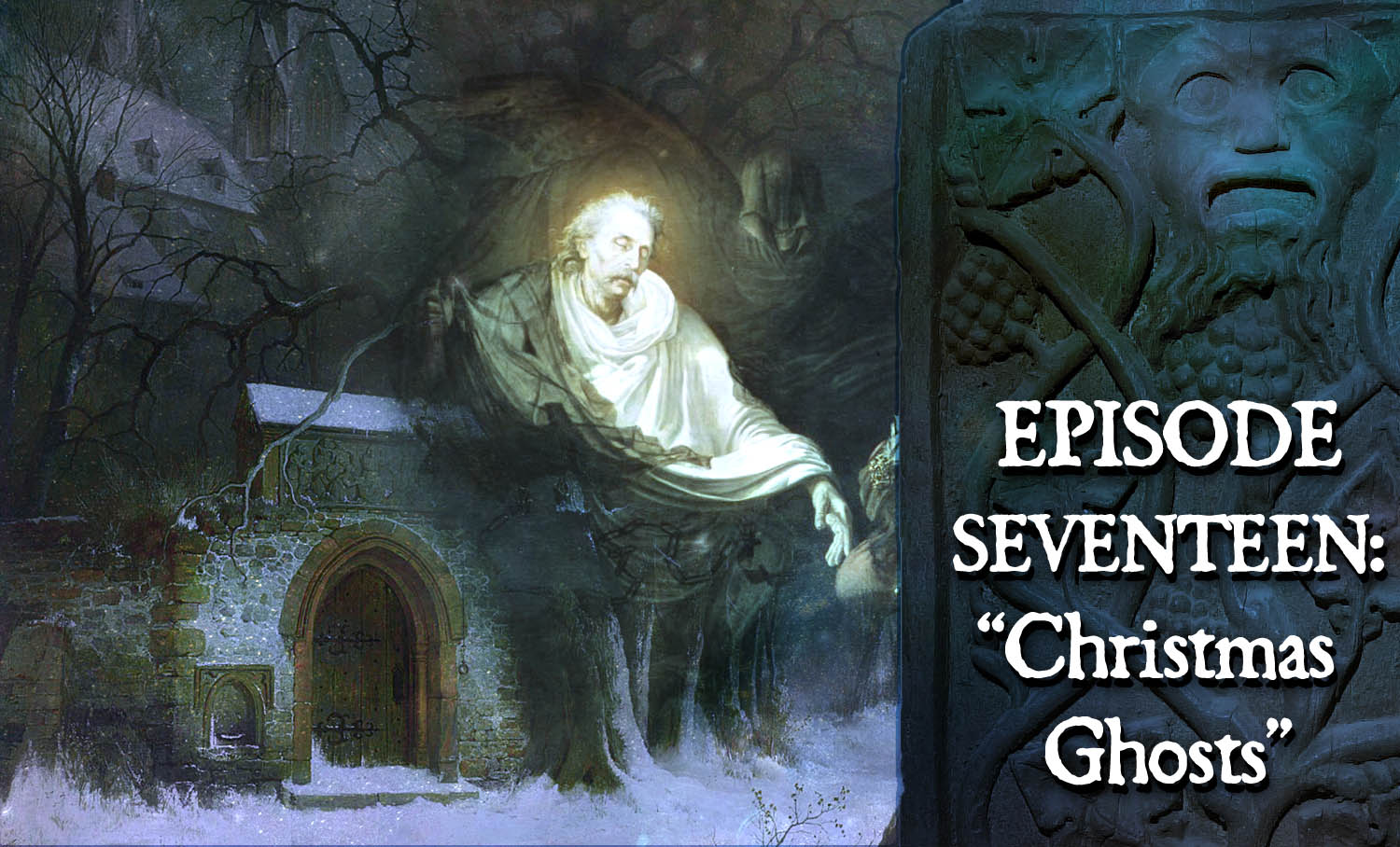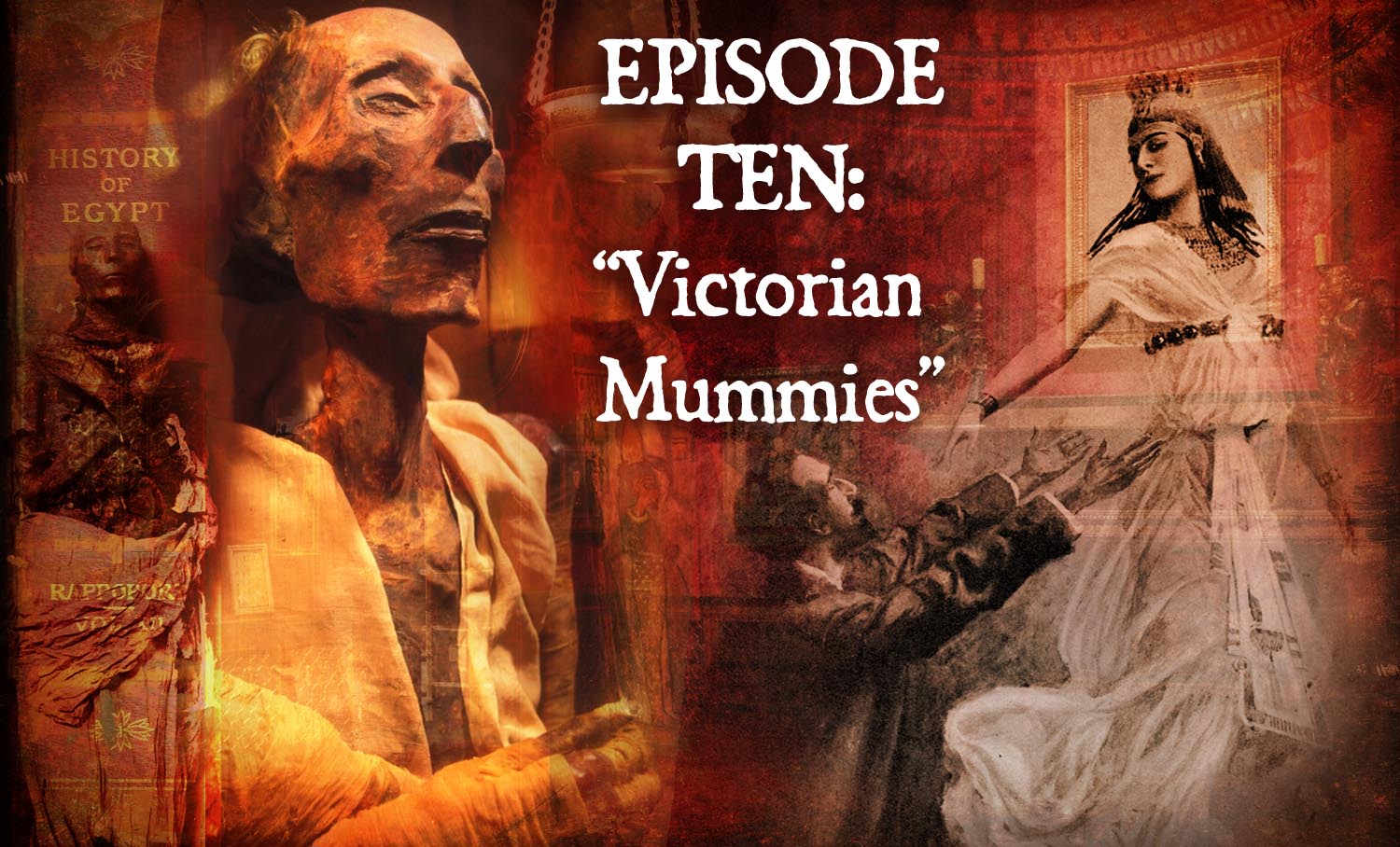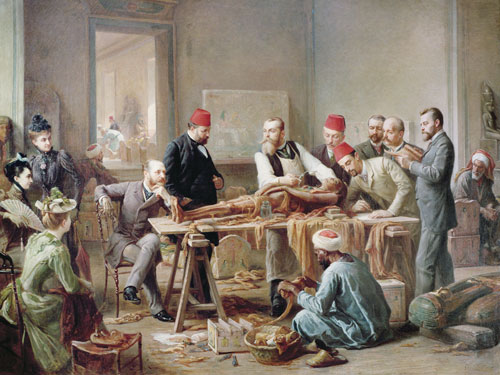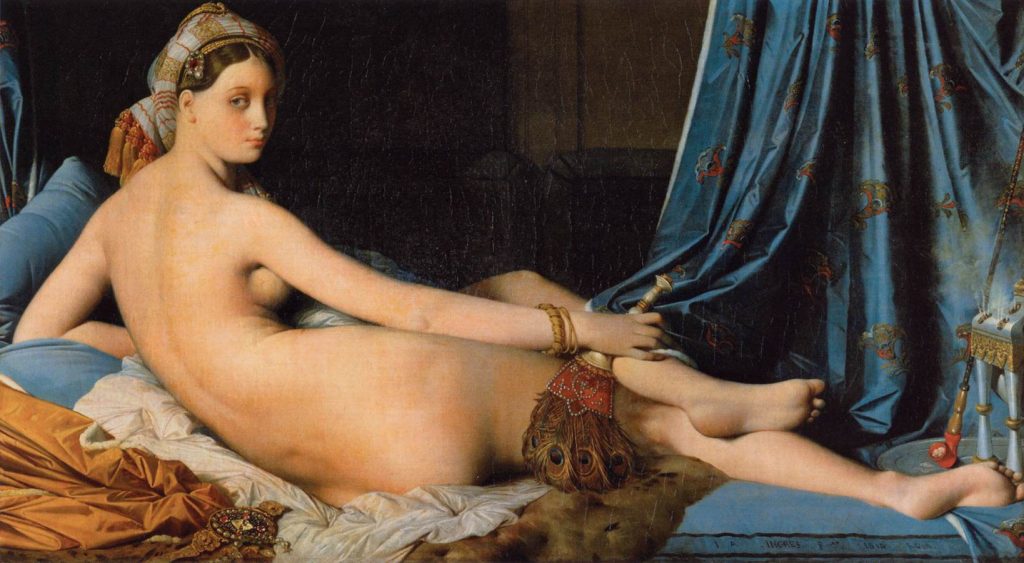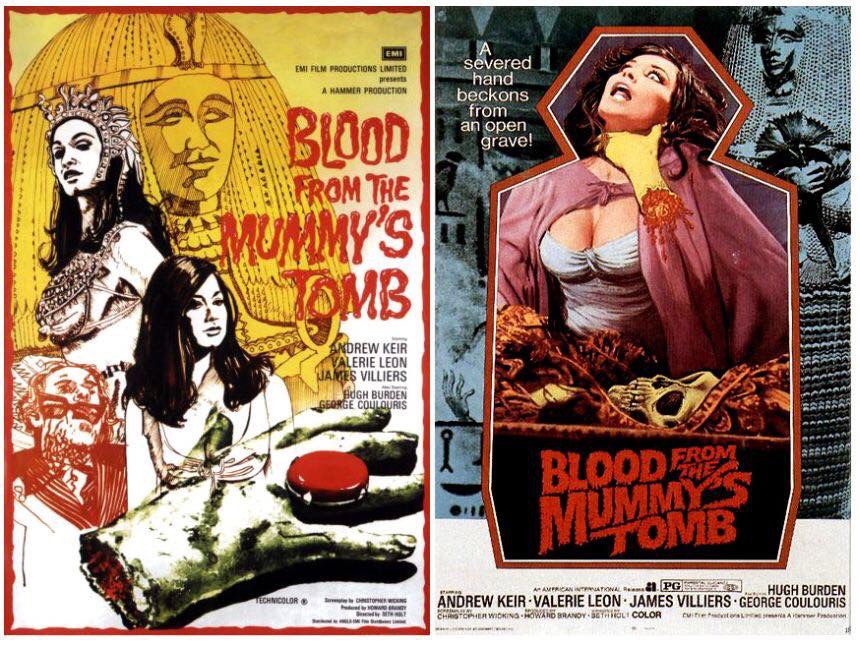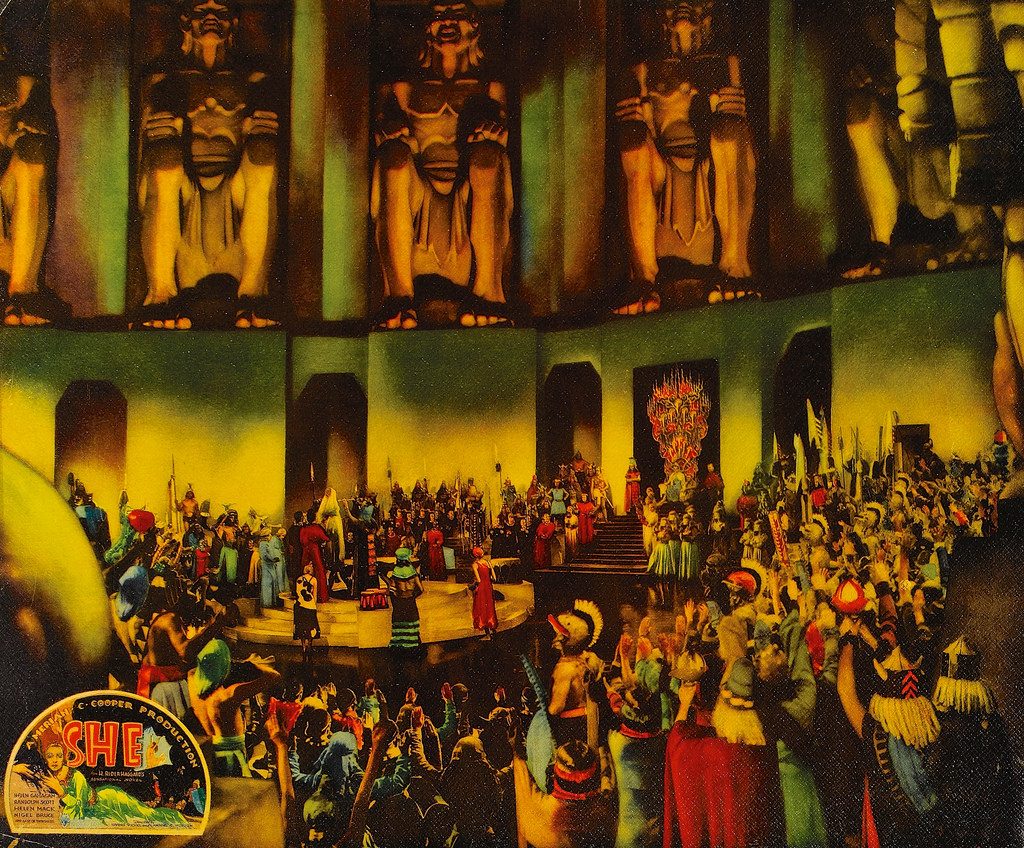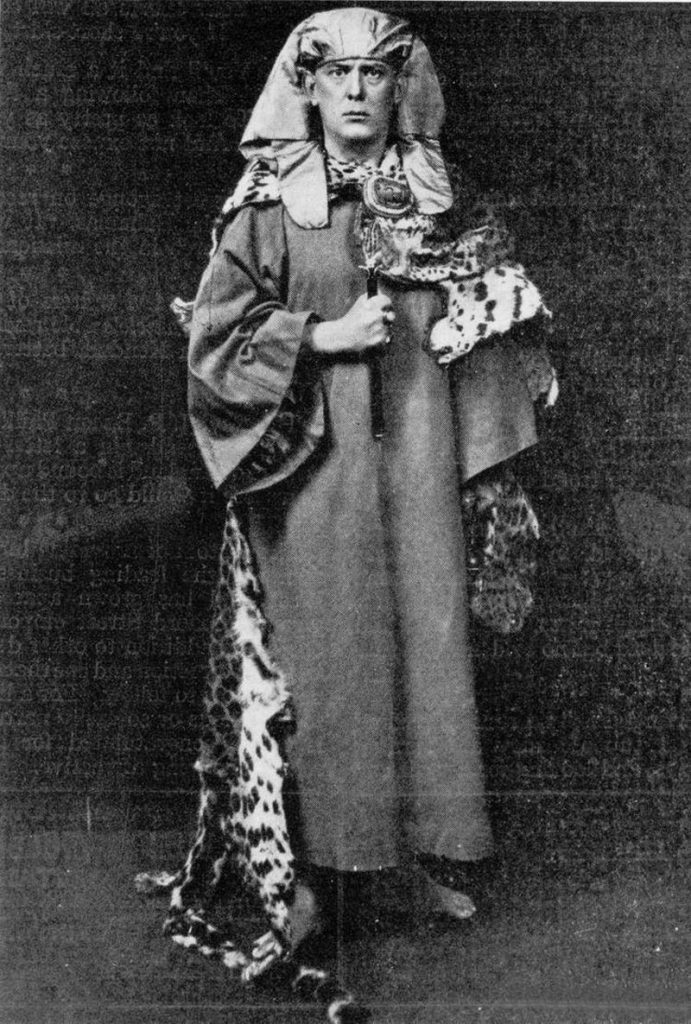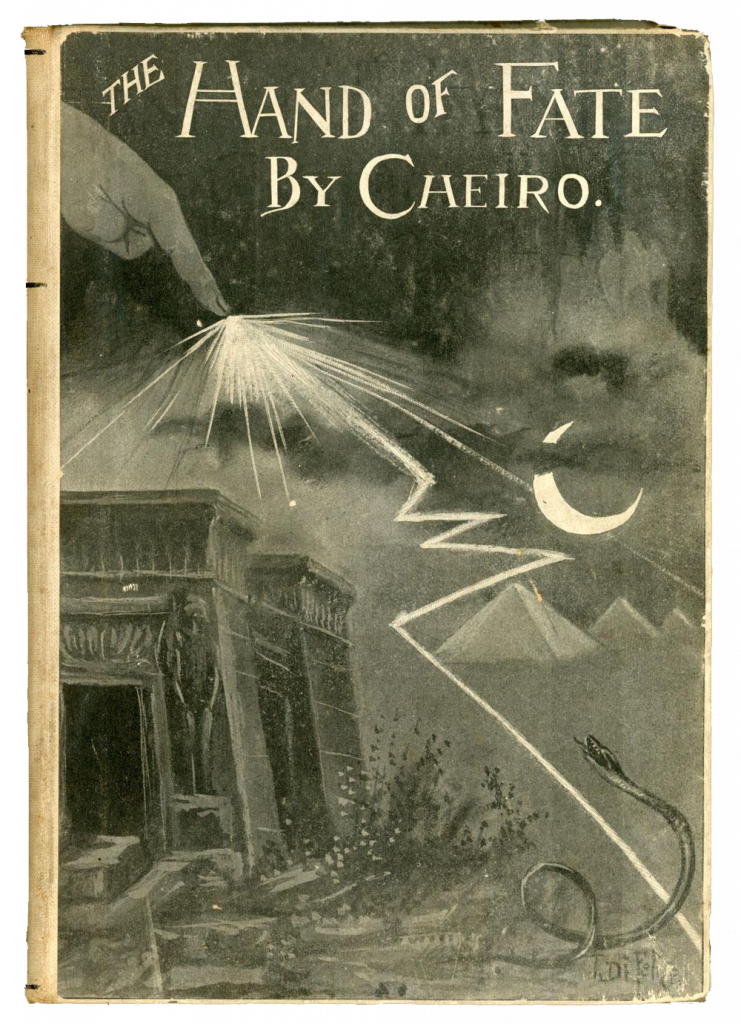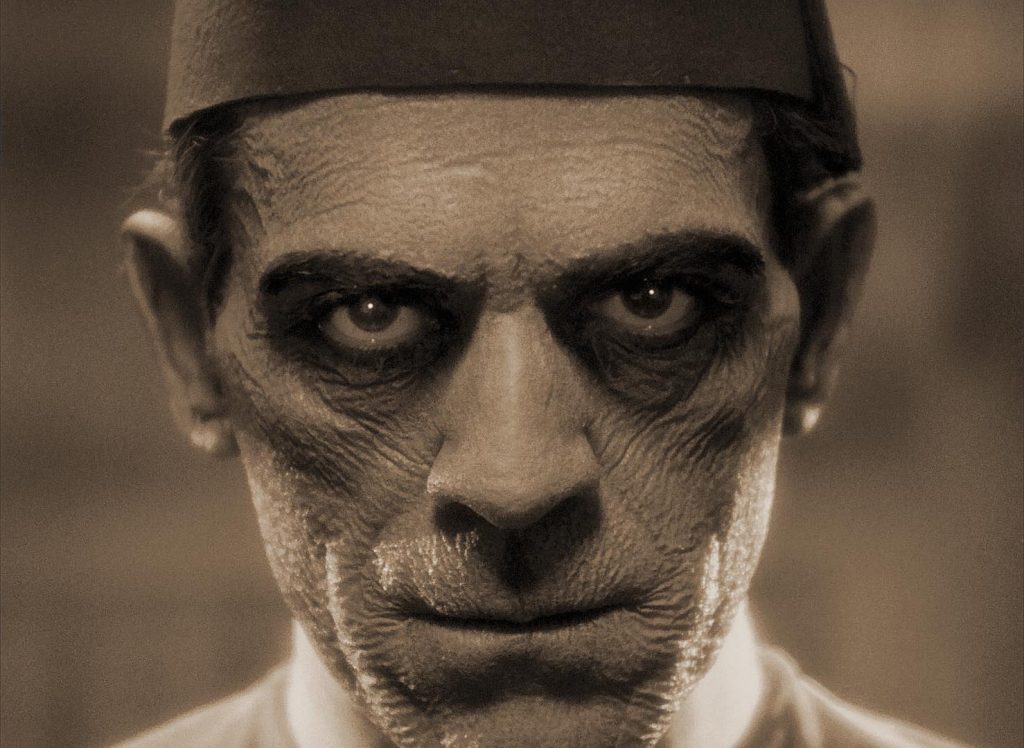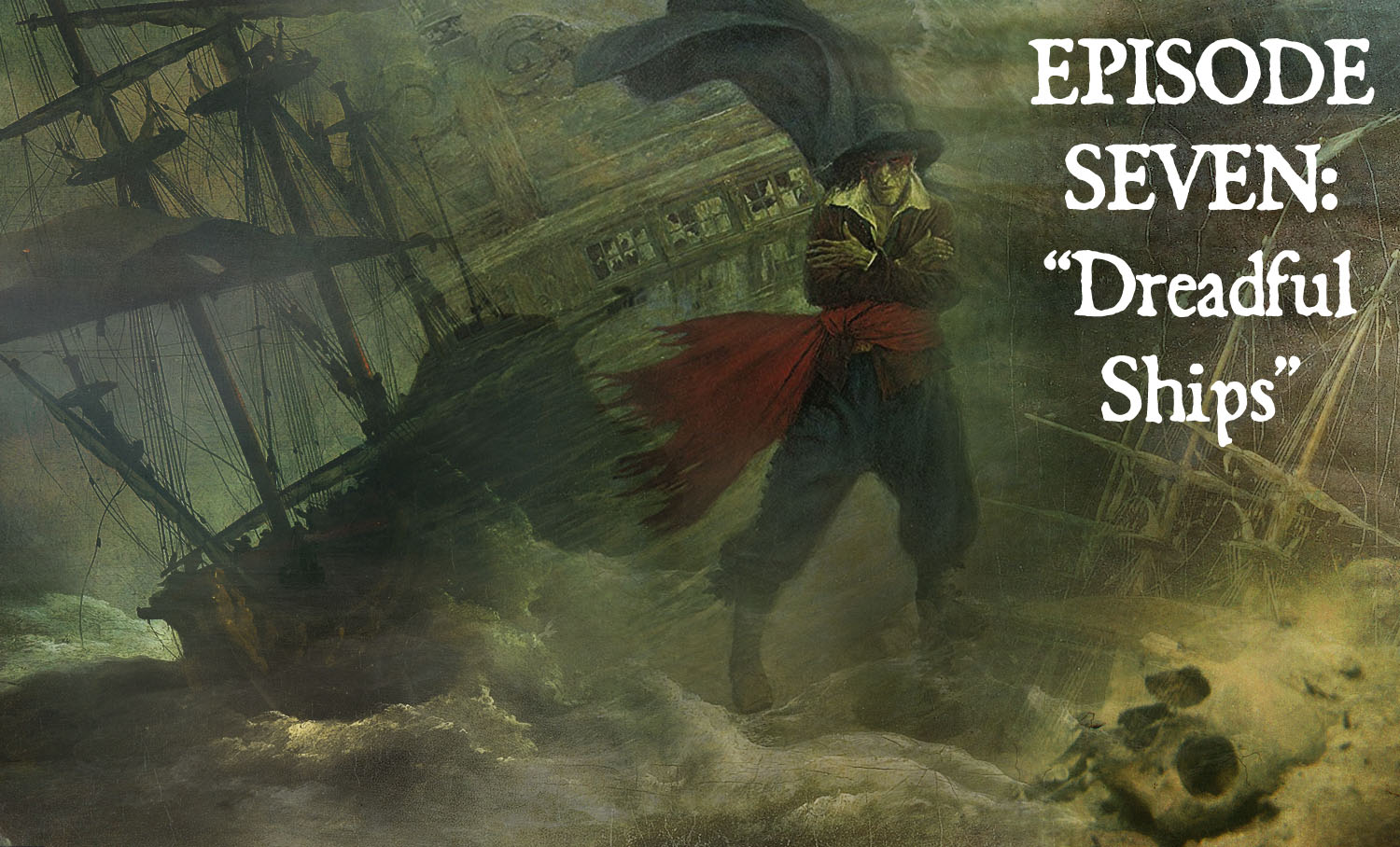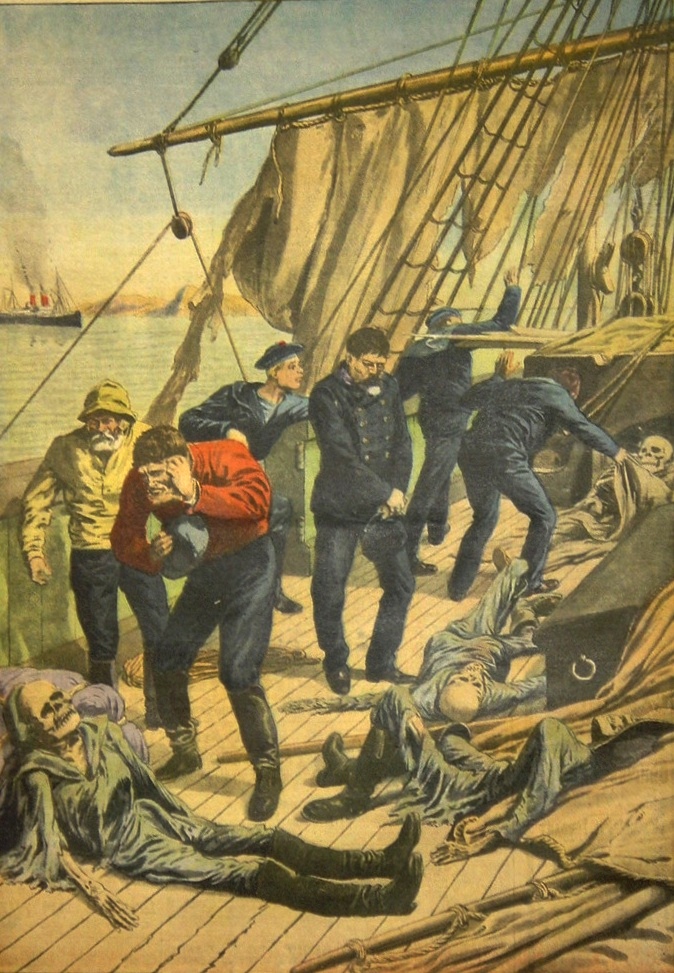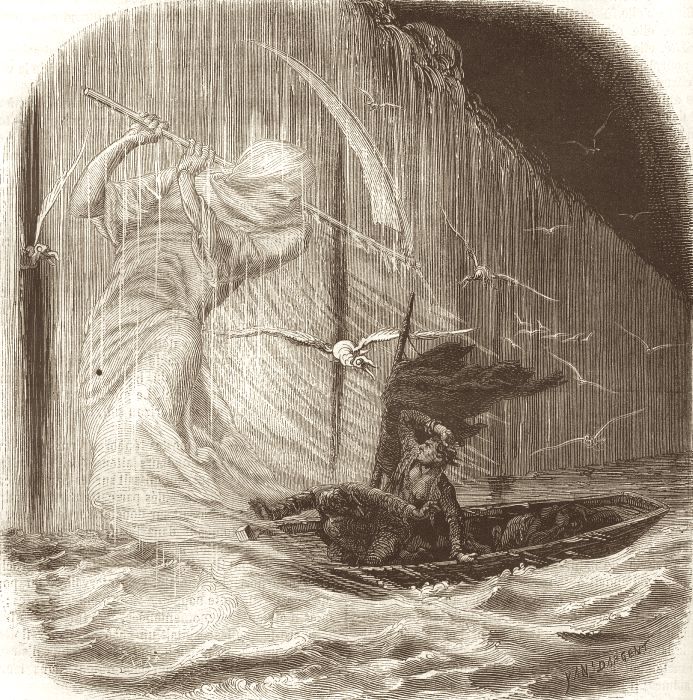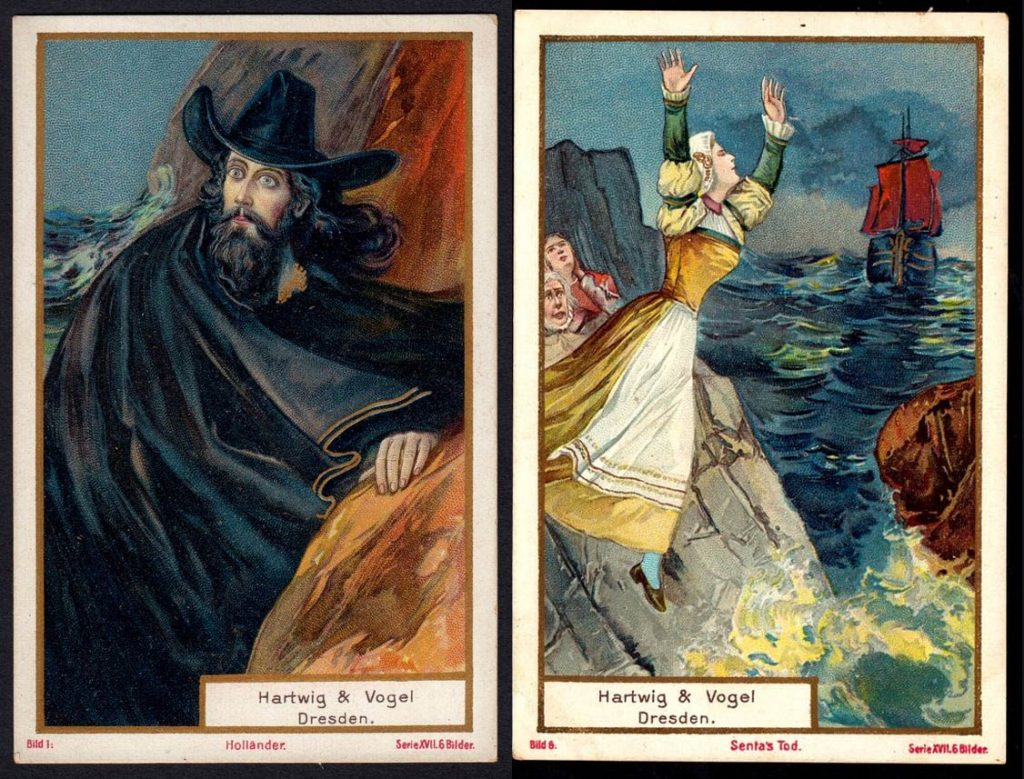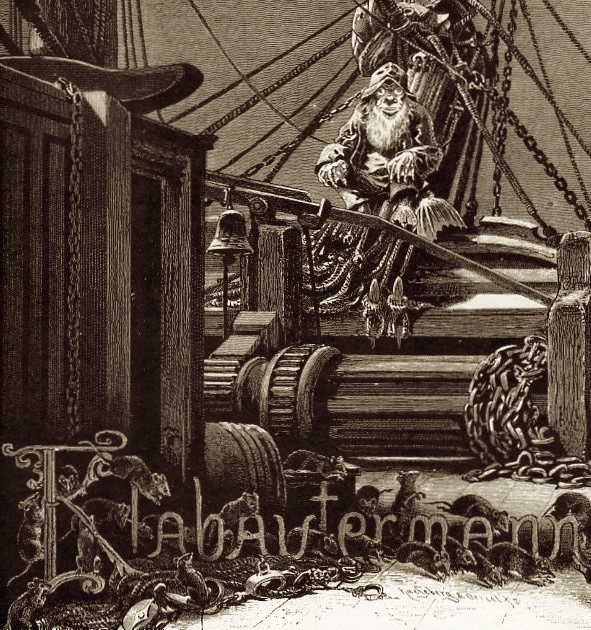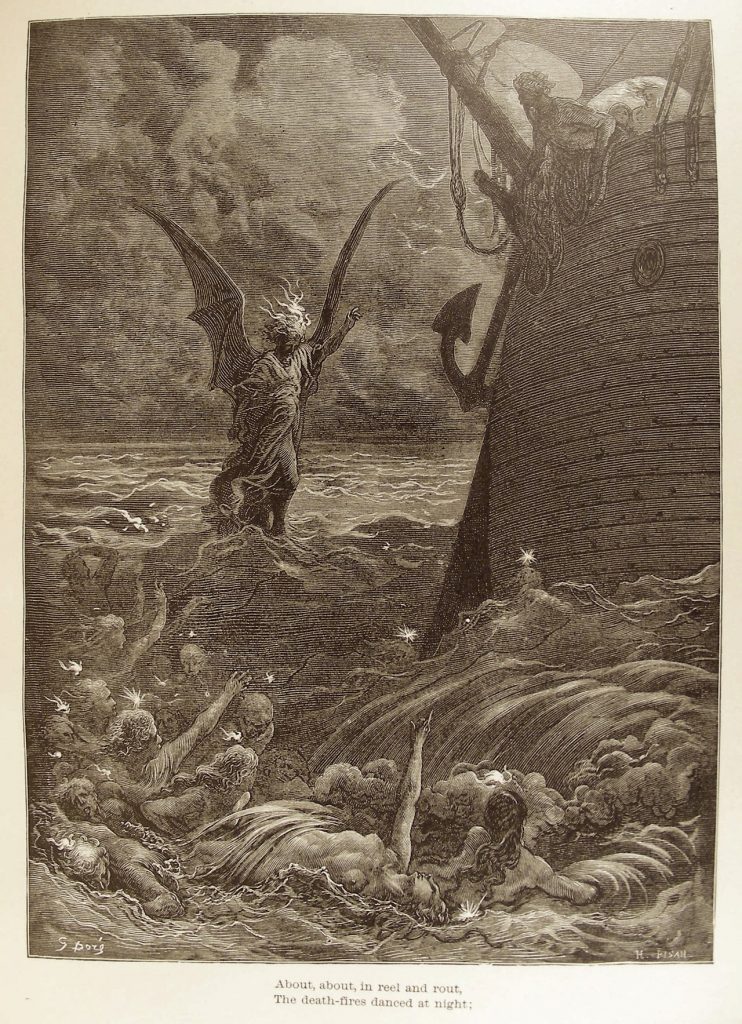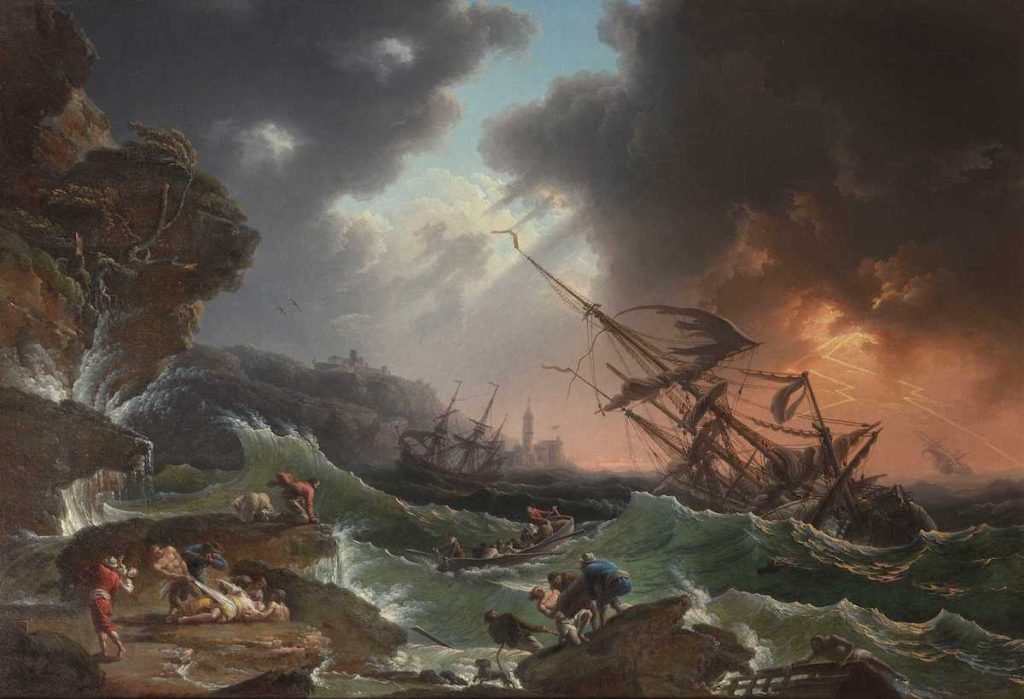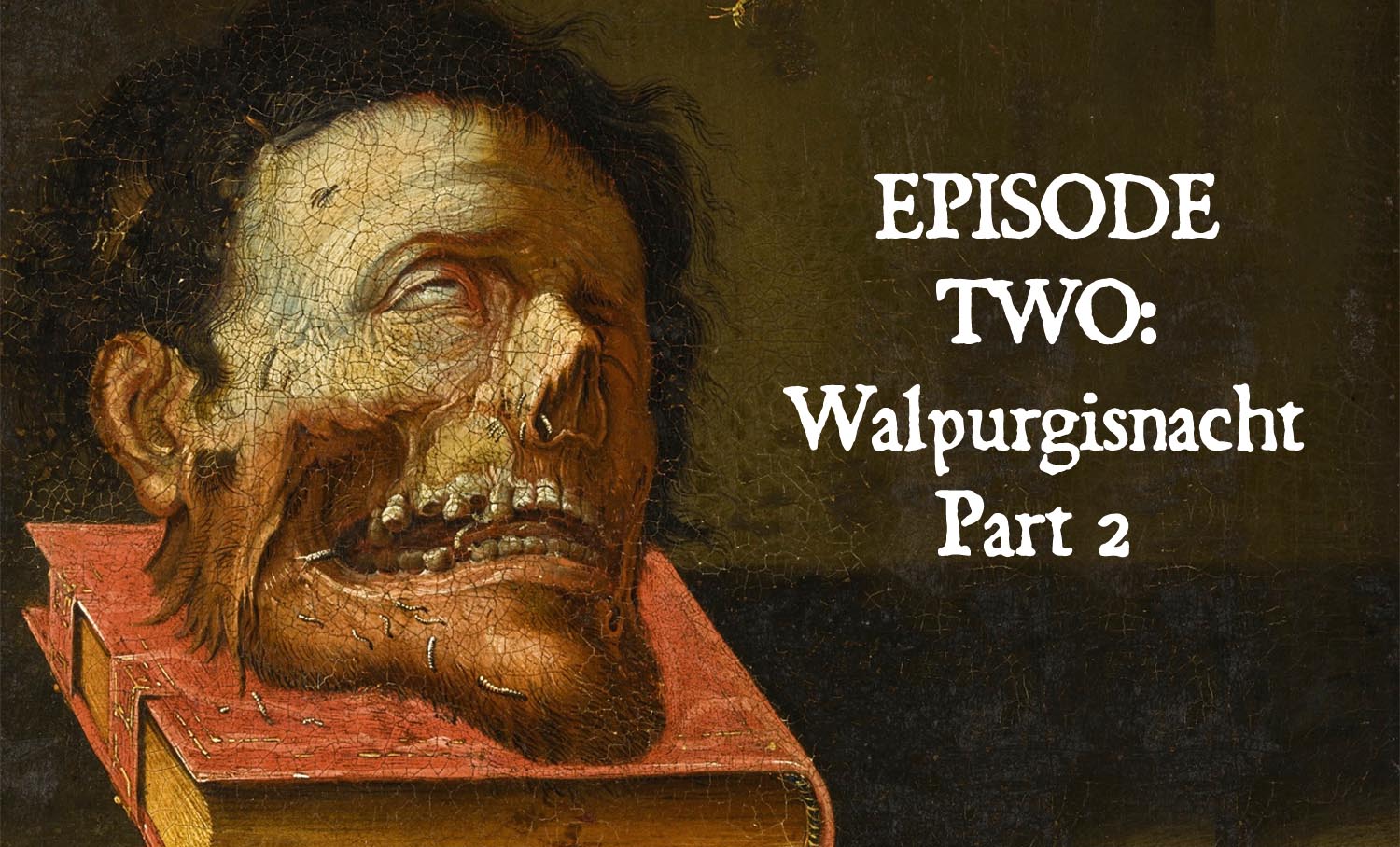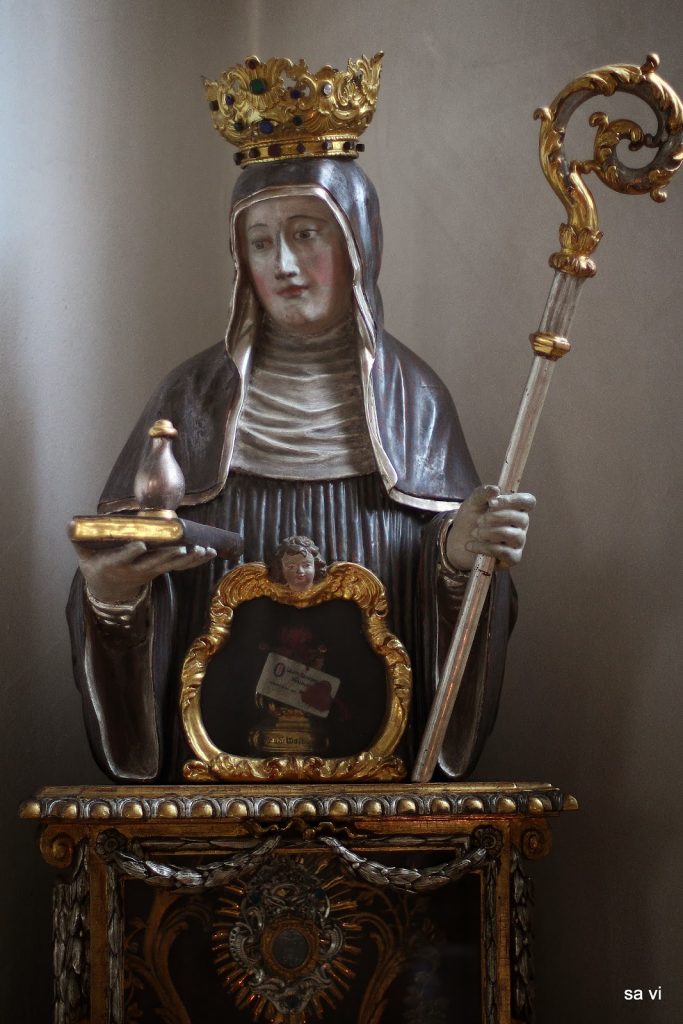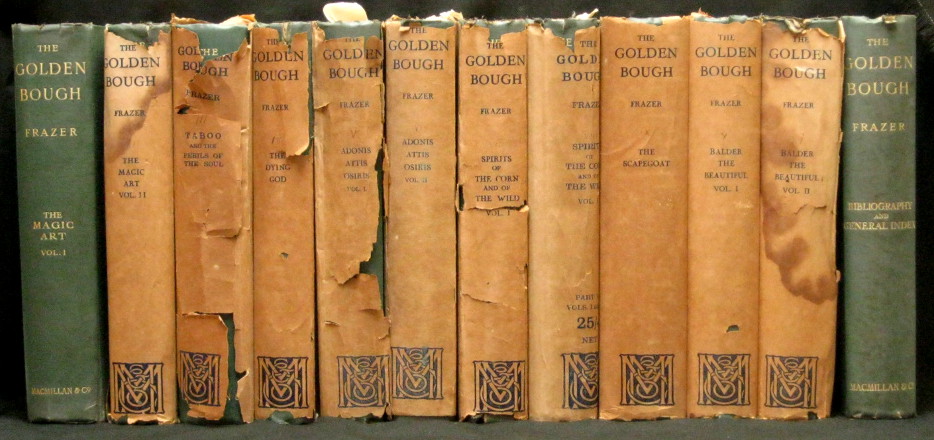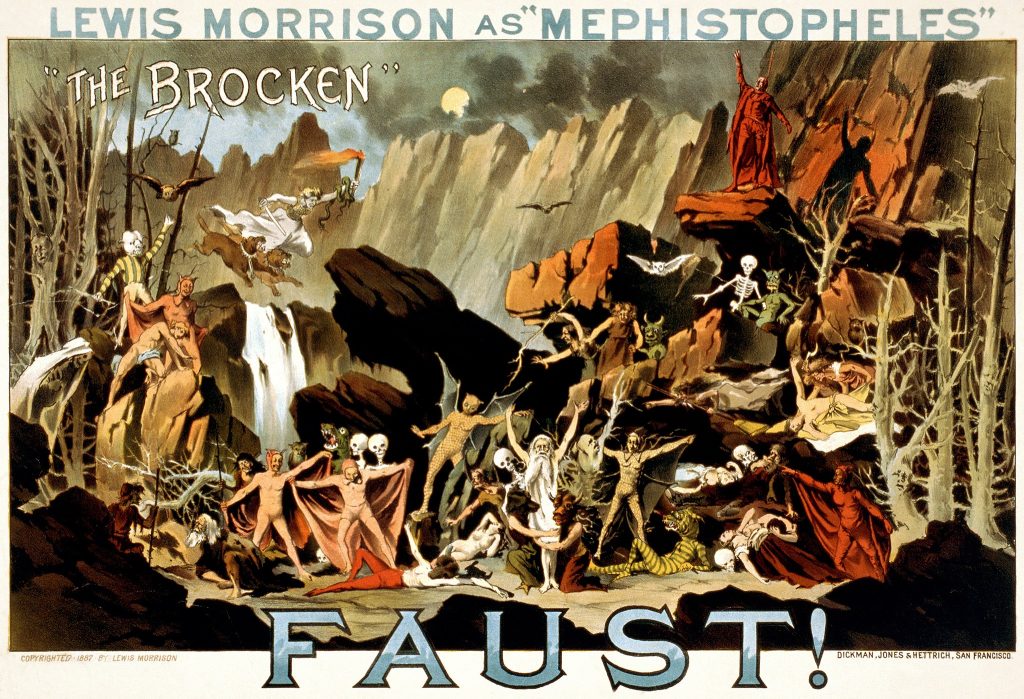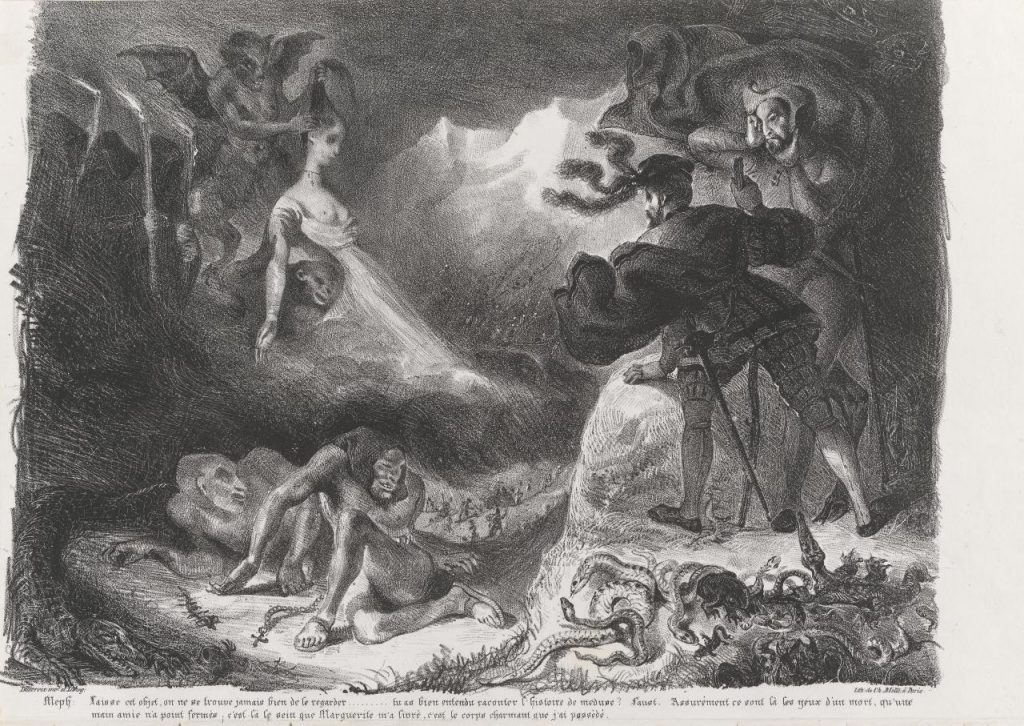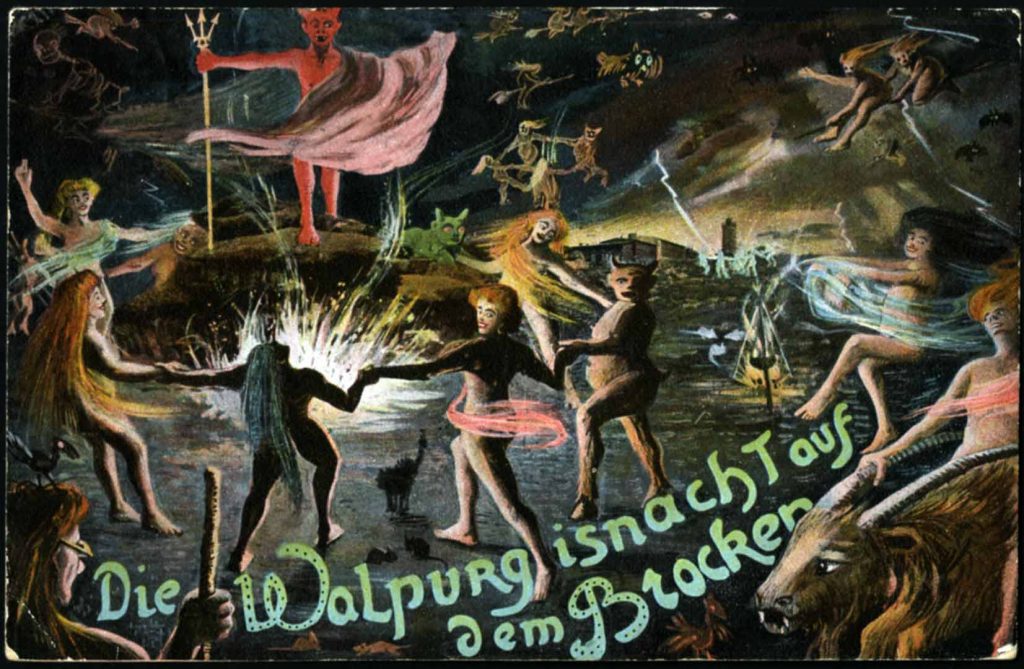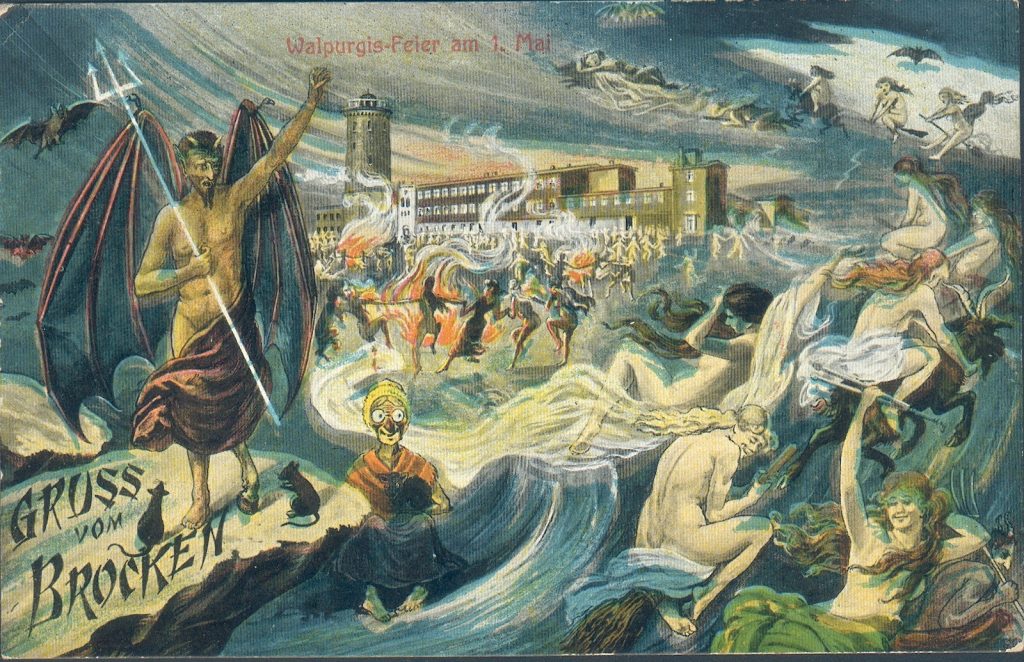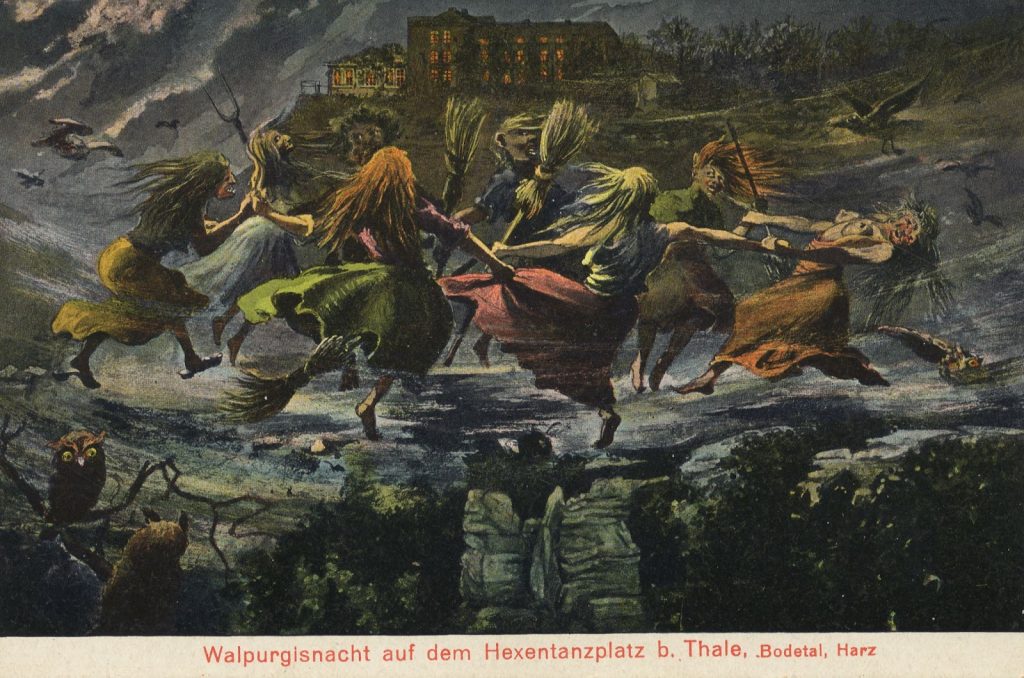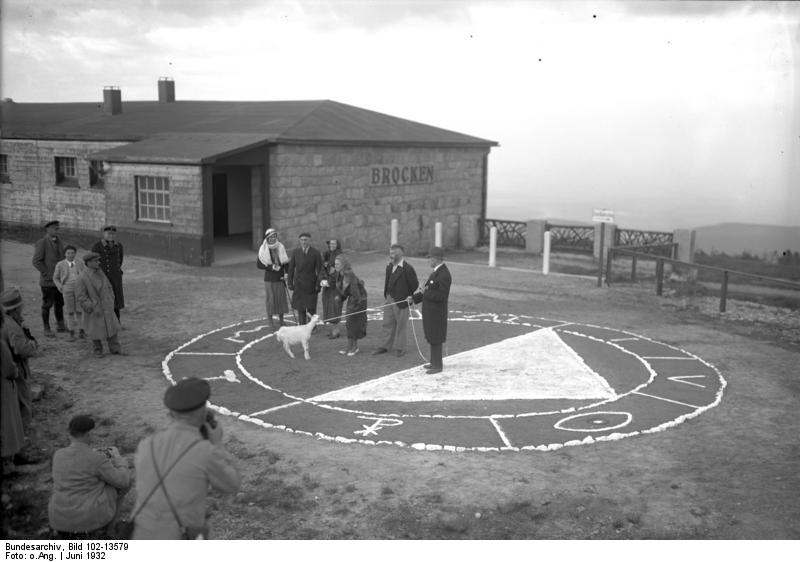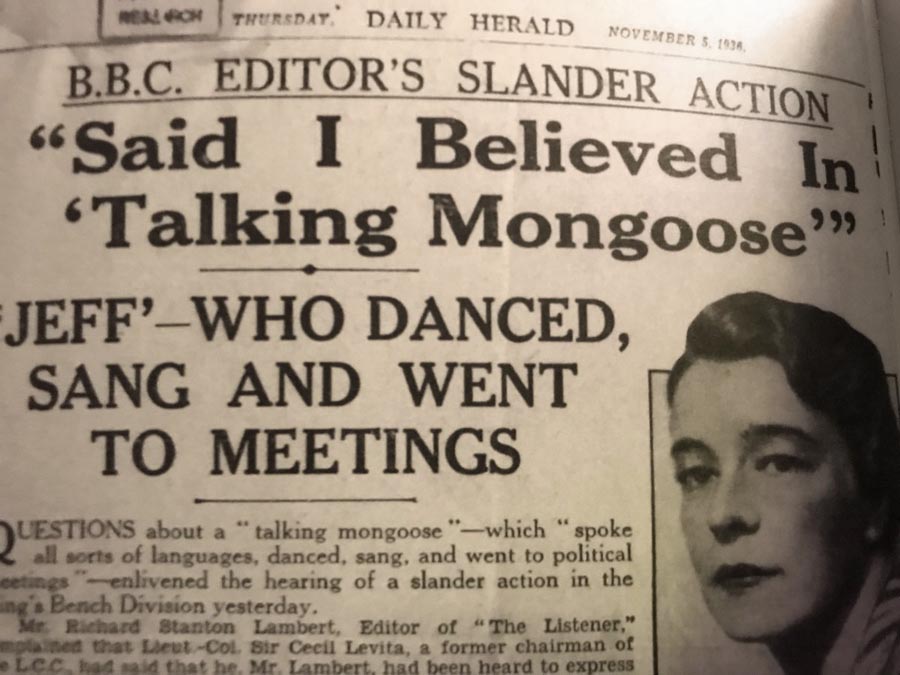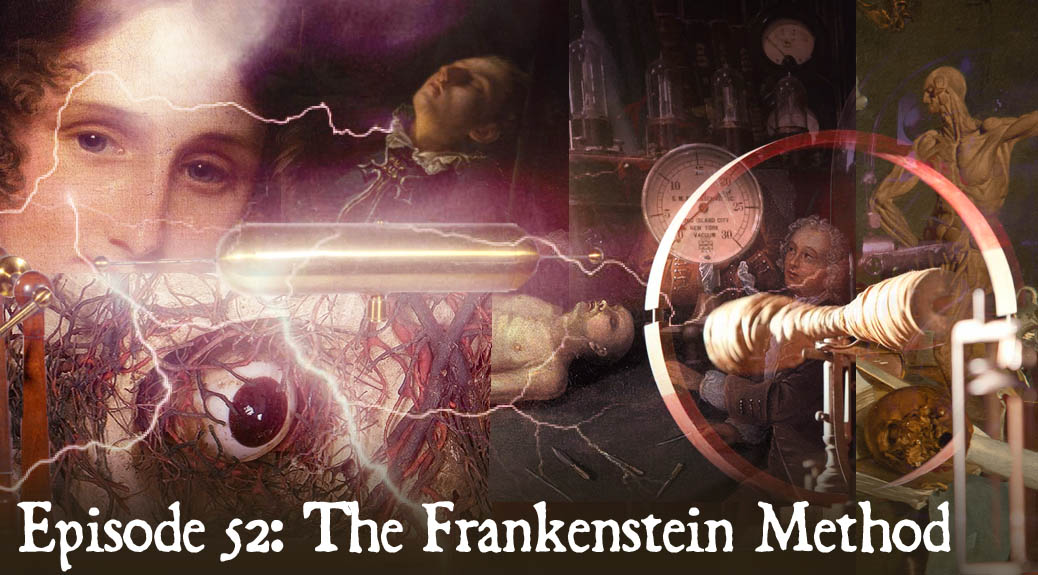
The Frankenstein Method
Podcast: Play in new window | Download (Duration: 48:59 — 56.1MB)
Subscribe: Apple Podcasts | Spotify | Android | Podchaser | RSS | More
The method Frankenstein employed to create life is left mostly a mystery in Mary Shelley’s 1818 book. How then did the notion of stolen body parts stitched together and animated by lightning become so firmly entrenched in popular imagination?
Our episode begins with a clip from Universal’s pattern-setting 1931 production, Frankenstein, in which Henry Frankenstein rhapsodizes about building the creature’s body from the dead. While the idea’s suggested in Shelley’s novel, the process doesn’t quite seem to match the cinematic treatment in which the creature’s fabricated from whole human body parts stitched together. We’ll hear some passages read by Mrs. Karswell, that seem to suggest Shelley’s Frankenstein fabricates his creature instead from component materials — tissues and whole systems built up slowly over bones obtained from the charnel house. The creature’s large stature in films, however, matches the literary prototype — for very practical reasons, as is explained.
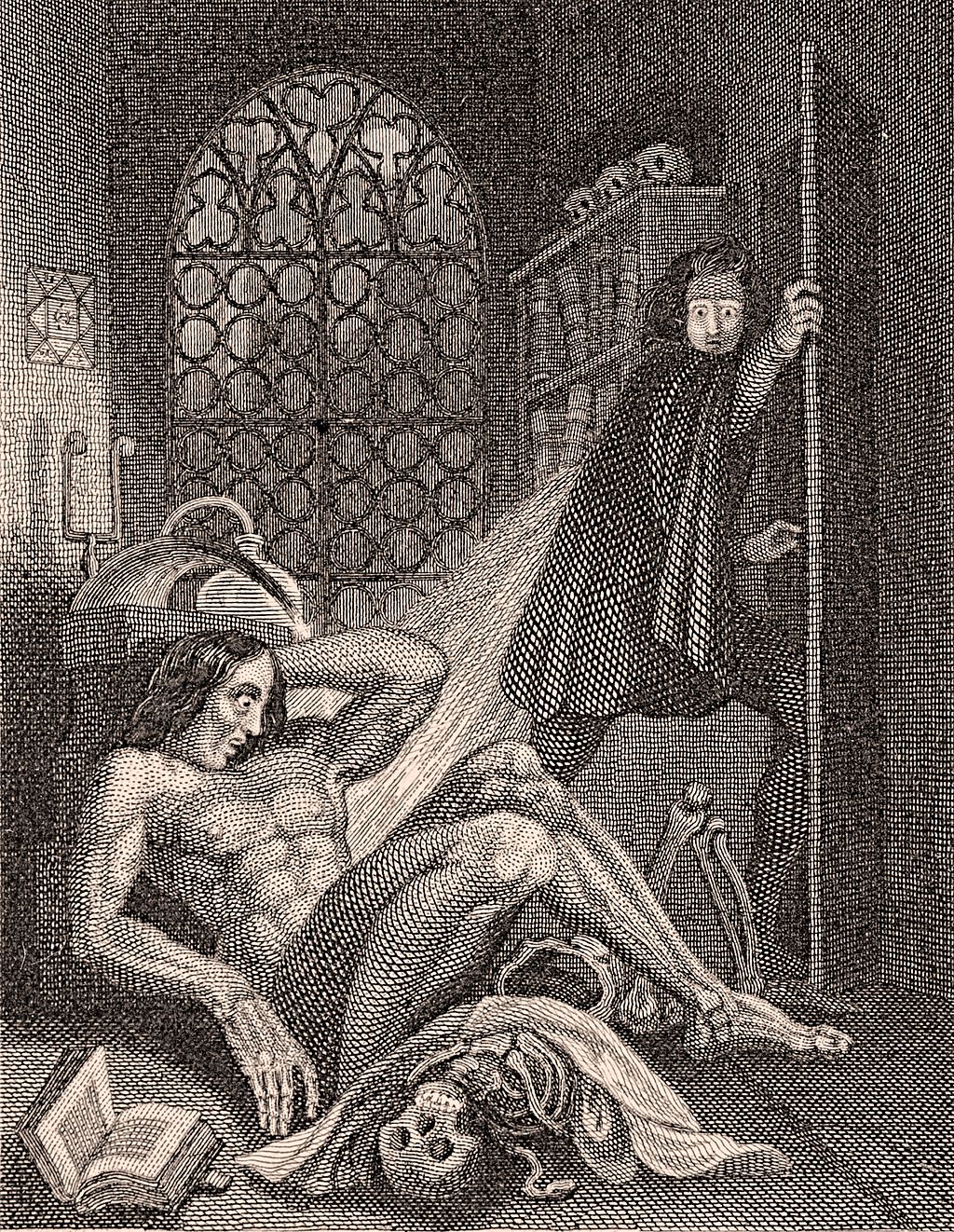
Next we have a look at how Shelley portrays Victor Frankenstein’s desire to create life as influenced by his study of alchemical texts (by Cornelius Agrippa, Albertus Magnus, and Paracelsus,) Of particular interest here is the work of his Swiss countryman, Paracelsus, who in the 16th century set down directions for the creation of a homunculus, a tiny human-like being grown in a glass bottle.
These comments, in a general way, seem to have influenced an odd inclusion in the script for 1935’s The Bride of Frankenstein, in which Frankenstein’s partner in monster-making, Dr. Pretorius, presents his own experiments in creating homunculi (as in the clip played).
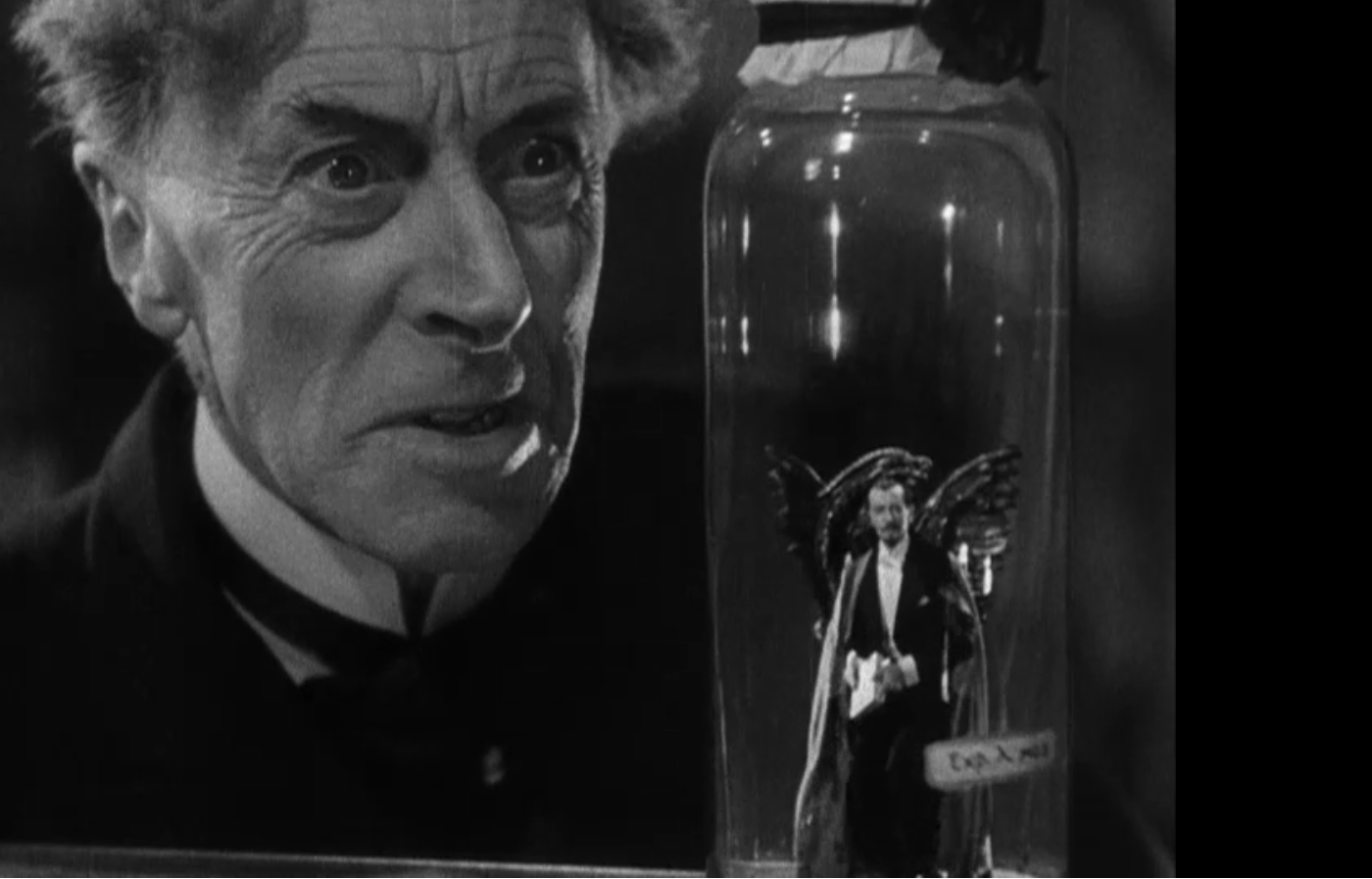
As further evidence that Bride’s screenwriters went digging in some rather obscure texts, the film’s portrayal of the miniature king escaping his bottle to pursue a homunculus-queen in an adjacent bottle appears to be directly lifted from a legend of an Austrian freemason Count Johann Ferdinand von Kufstein, creating homunculi in 1755 — a legend appearing only as a footnote in an 1896 biography of Paracelsus by the Theosophist Franz Hartmann.
While none of this appears in Shelley’s novel, some scholars have attempted to locate the inspiration for her novel in the work of another alchemist: Johann Conrad Dippel, in particular because the location of his birth in 1673 is listed as Burg Frankenstein, Castle Frankenstein on a hill near the city of Darmstadt Germany. We look at evidence for parallels in Shelley’s story and von Dippel’s career, and though the linkage appears to be fairly speculative, we end up with some good stories involving the misuse of bone oil, and a corpse dyed blue.
We next examine references to Victor Frankenstein’s interest in lightning and galvinism (early notions of electricity), and how this supplants his earlier interest in alchemy. The connection between galvinism, 18th-century researcher Luigi Galvani, and frog legs is explained, as is Mary’s husband Percy Shelley’s hands-on dabbling in this field.
While both Percy and Mary had an interest in this evolving field, their understanding of these matters could often be of a more poetic than scientific. In Mary’s introduction to the 1831 reissue of her novel, she references galvinism as a possible source of the creature’s animation, though the idea here is inspired by her highly idiosyncratic understanding of an experiment conducted by Erasmus Darwin (grandfather of Charles). A reference to what seems to be living pasta is also muddled into all this.
Next we hear a a bit about Luigi Galvini’s nephew Giovanni Aldini, and his use of electricity to produce convulsions in the carcasses of oxen as well as a notorious 1803 experiment with the body of a recently executed convict from London’s Newgate Prison. We don’t know if Shelley was aware of these experiments, but it’s certainly possble.
Even more ambitious than Aldini’s experiment was one conducted by the Scottish physician Andrew Ure in Glasgow in 1818. Ure also worked with the body of an executed convict but with stated intention of actually reviving the deceased using electricity. The date on this one (the same year as Shelley’s composition of the novel) makes it highly unlikely to have influenced her composition, but the grisly details seem nonetheless worth relating.
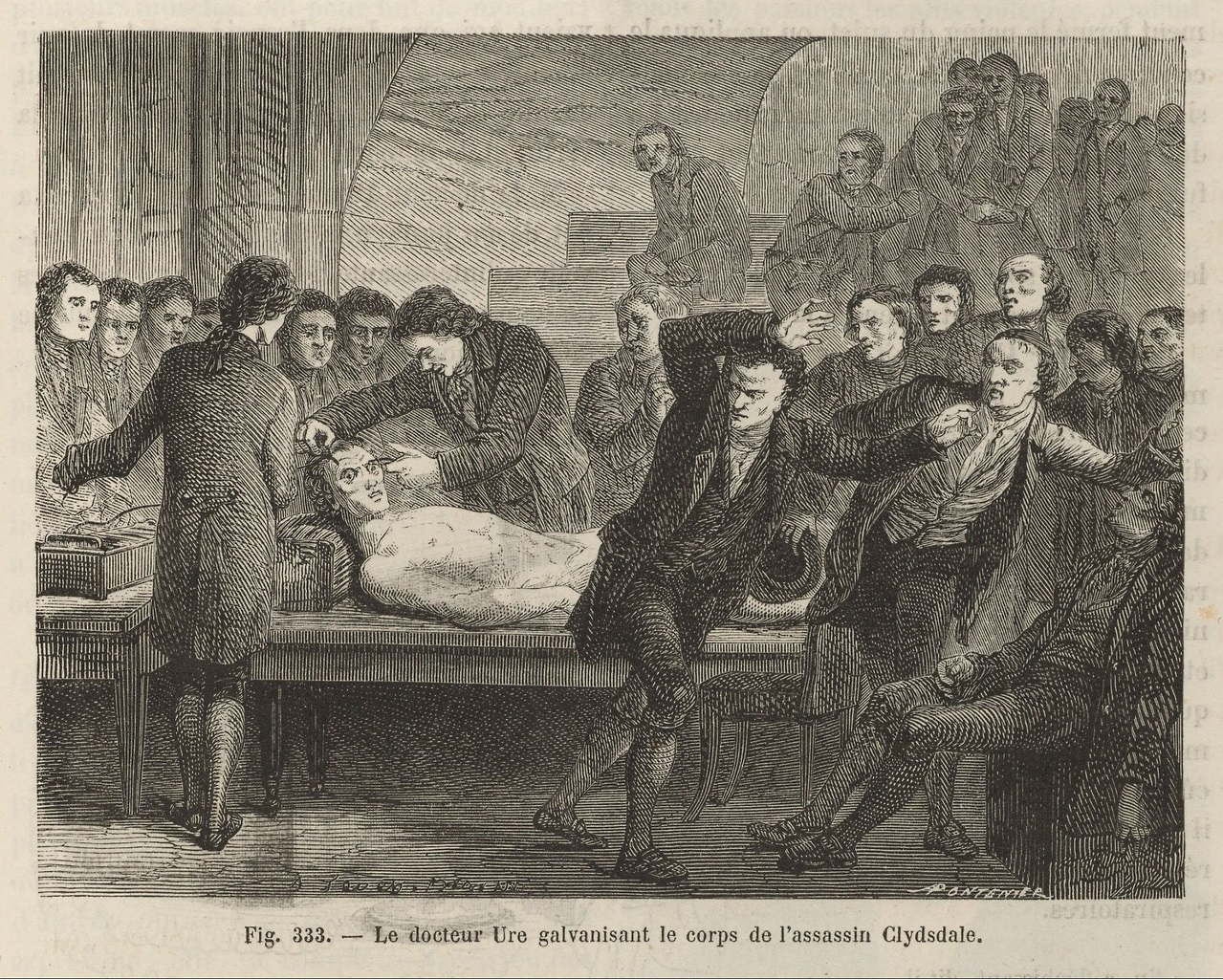
Another suggested source of inspiration for Frankenstein is the researcher Andrew Crosse, known to locals living near his isolated mansion in Somerset’s Quantock Hills as “The Thunder and Lightning Man.” Crosse converted his home into a lab for the study of electrostatic energy produced in the atmosphere, channeling this into an immense array of homemade batteries, and releasing thunderous charges mistaken by neighbors for lightning of his own creation.
While the case for any of these serving as direct inspiration to Shelley is rather tentative, it’s actually the more familiar figure of Benjamin Franklin whom the author mentions in her novel. In a passage removed from the 1831 publication, Franklin’s kite experiment is referenced, making him the only contemporary electrical researcher mentioned in the text. An article about Franklin is also a likely source for the reference to Prometheus in the novel’s subtitle, The Modern Prometheus.
The Frankenstein of Universal films and beyond has its roots in theater. For many years Shelley’s novel was actually better known from theatrical adaptations, which began appearing not long after the book’s publication. The first was 1823’s, Presumption; or, the Fate of Frankenstein, which Shelley herself attended with a mix of irritation and delight. It’s in this play that the character of the laboratory assistant first appears, here as “Fritz” (as in the 1931 film) and later acquiring the name “Igor.” Only three years later, The Man and the Monster; or, the Fate of Frankenstein appeared giving audiences the first direct representation of the monster’s animation.
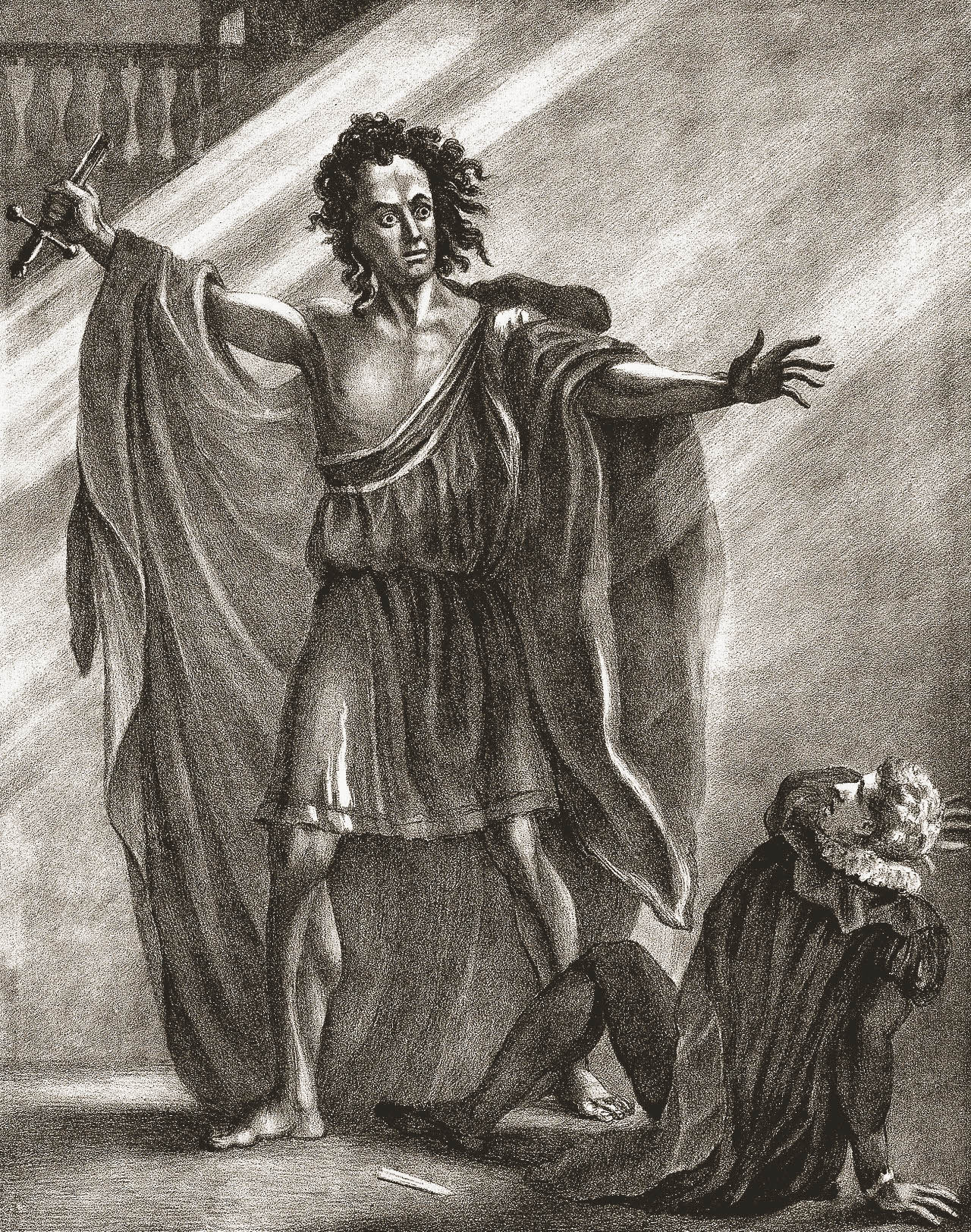
There is still no electricity involved in all of this by the time the first cinematic adaptation appears in 1910 — Edison Studio’s 13-minute production called simply Frankenstein. Here we see Victor Frankenstein brewing up his creation in a vat, pouring in flashing chemicals.
The 1927 play Frankenstein: An Adventure in the Macabre by Peggy Webling, served as the basis for Universal’s 1931 film, but even here, there is no electricity animating the creature, a feat accomplished instead by Frankenstein administering the alchemist’s “Elixir of Life.” In 1931, this play was itself reworked into another theatrical adaptation by writers of the studio’s Dracula, John Balderston and Garrett Fort. It’s only here that electrical apparatus is employed, an aspect director James Whale whole-heartedly embraced based on his fondness for the mad scientist’s lab in the 1927 film Metropolis.
We finish this novel-to-film progression with a quick look at elements of Shelley’s novel brought to the fore in 1935’s The Bride of Frankenstein and the creator of the props that populated the film’s laboratory, Kenneth Strickfaden.
Then there’s a few bizarre footnotes on Ben Franklin from recent history. Very strange indeed!
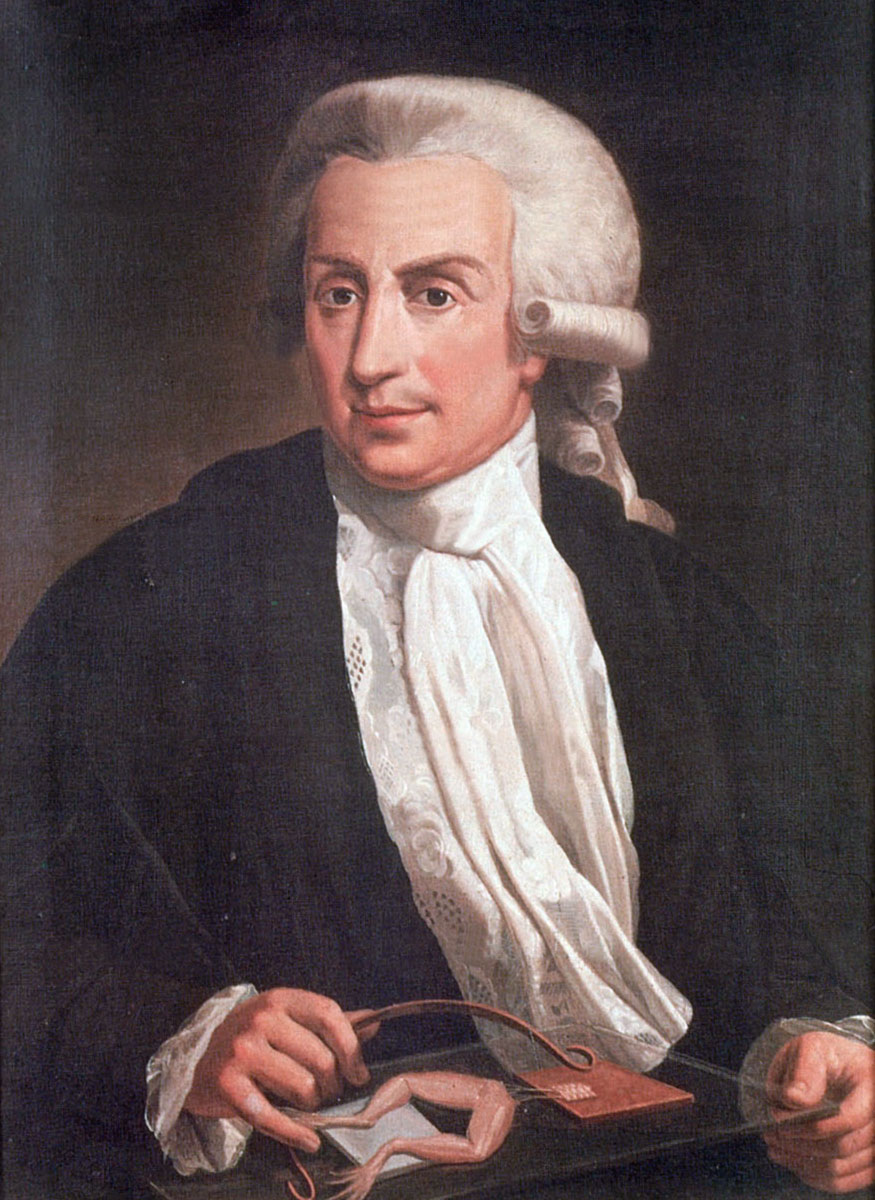
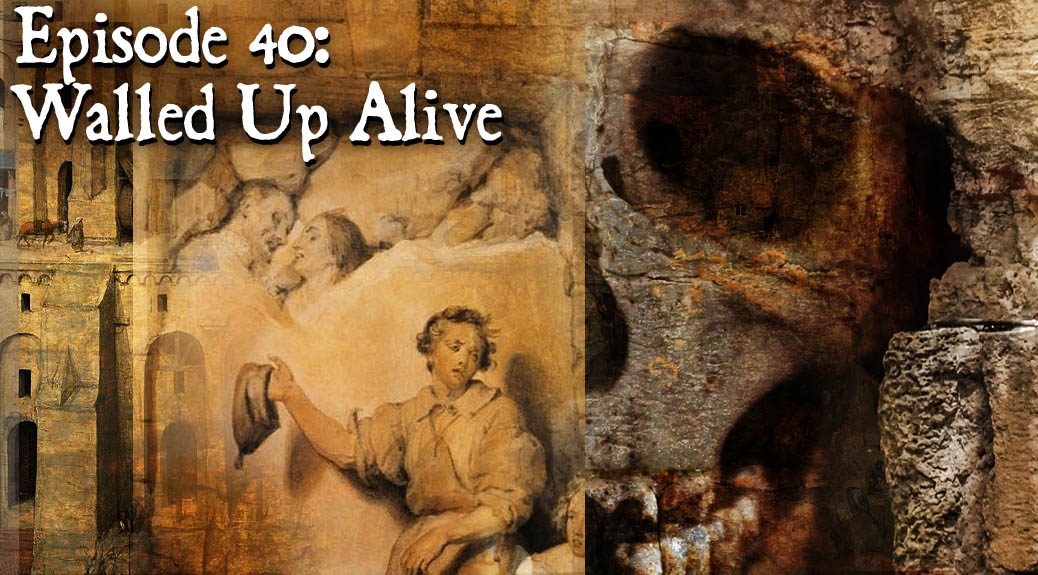
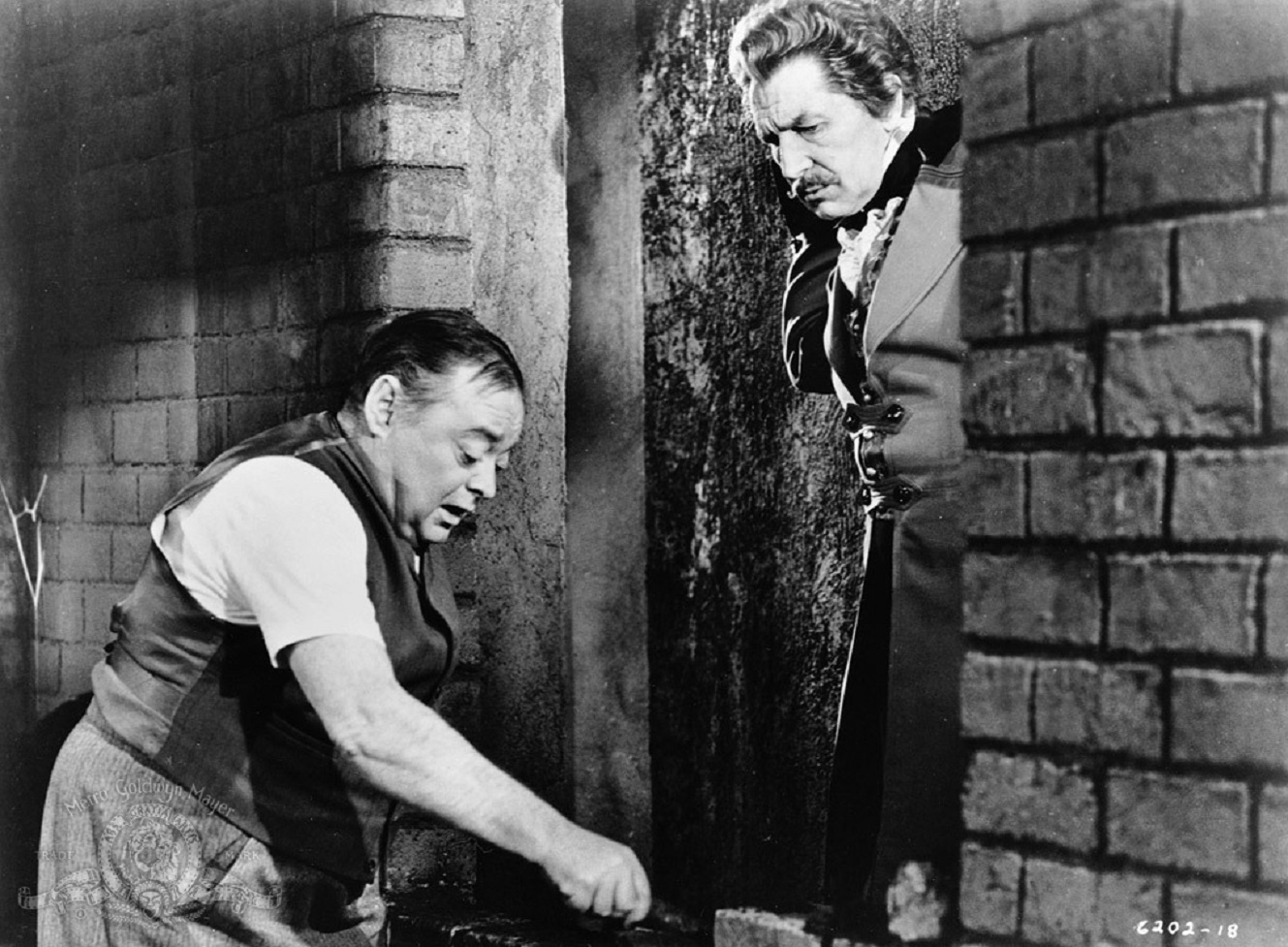

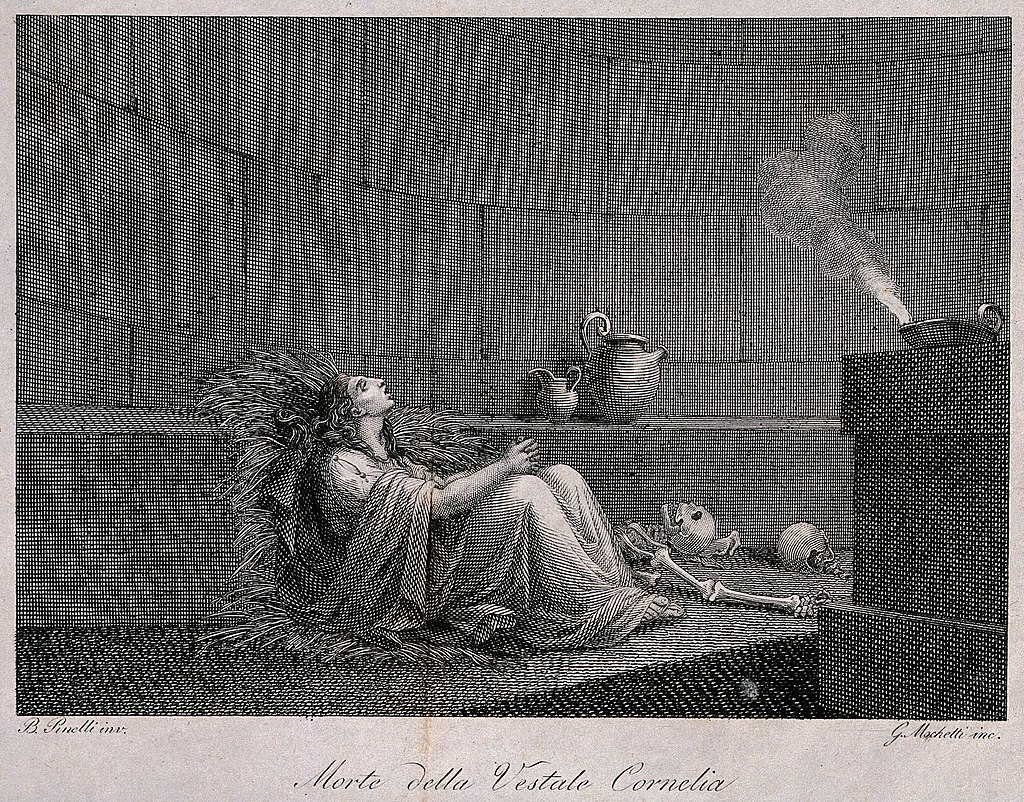
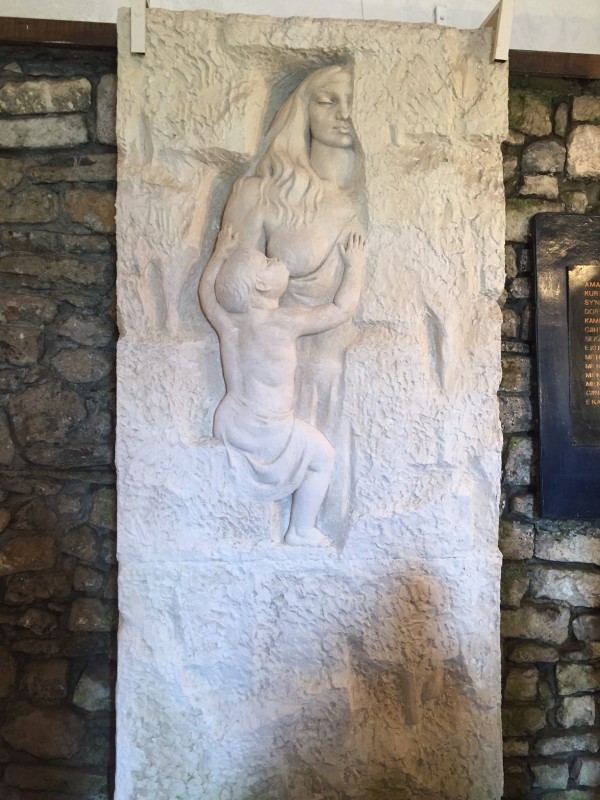
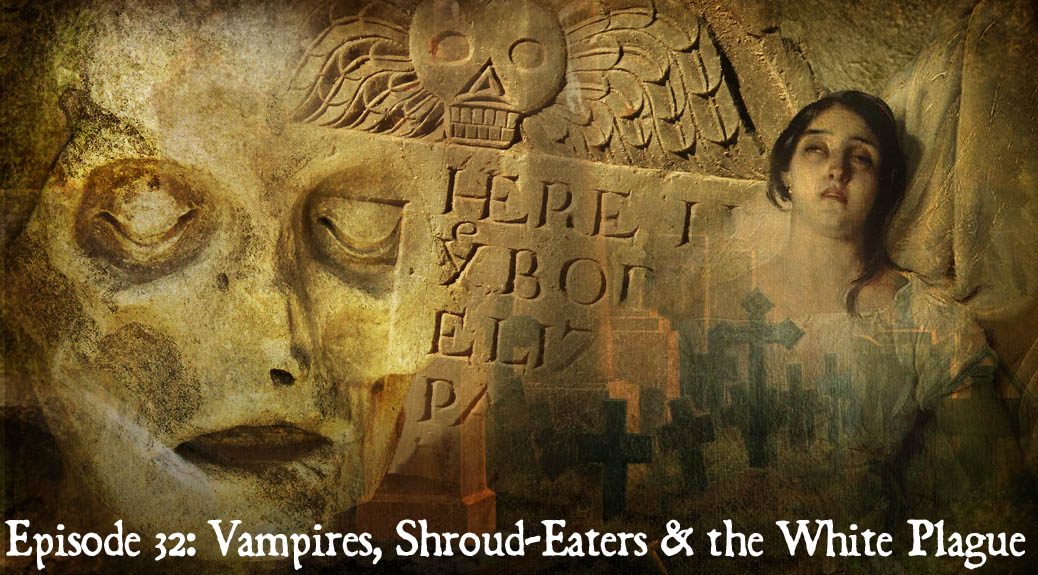

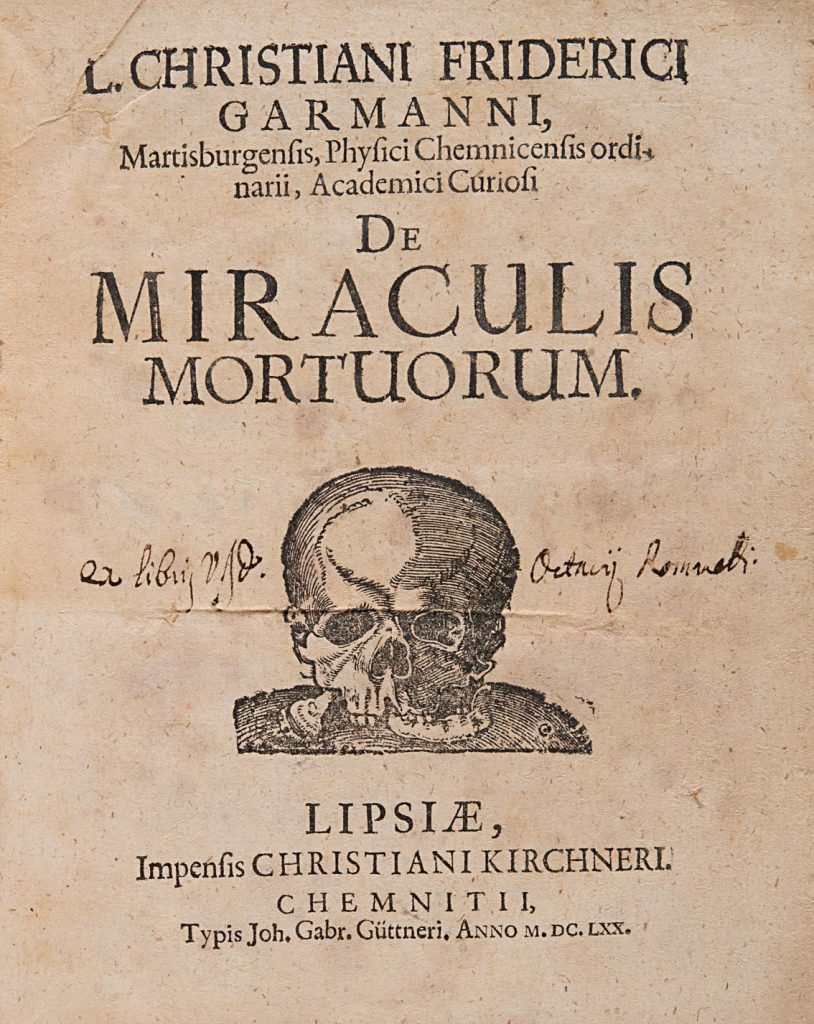
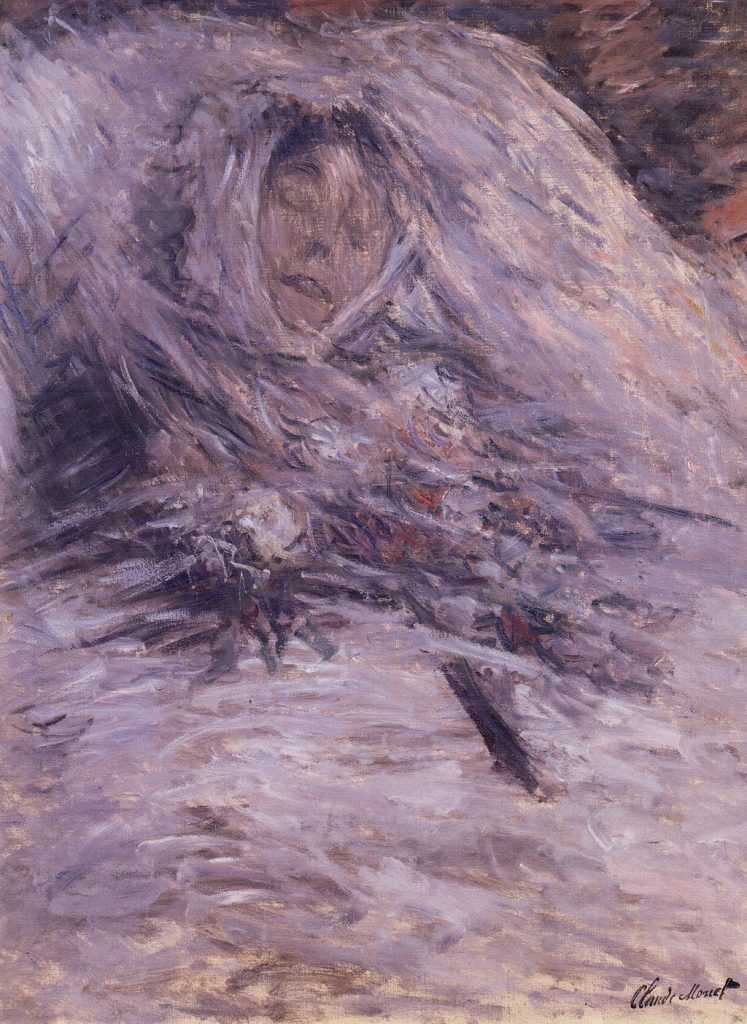
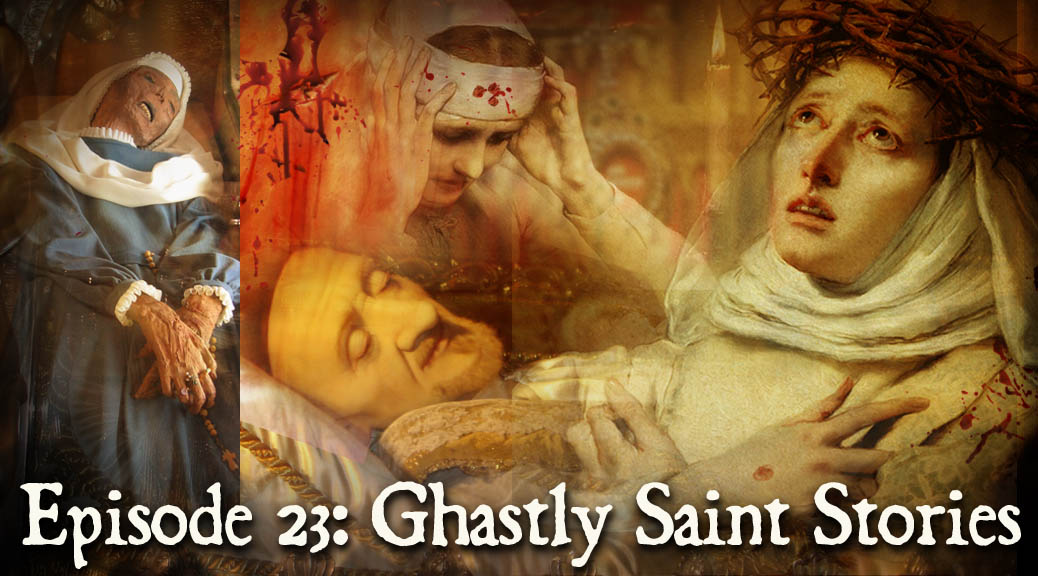
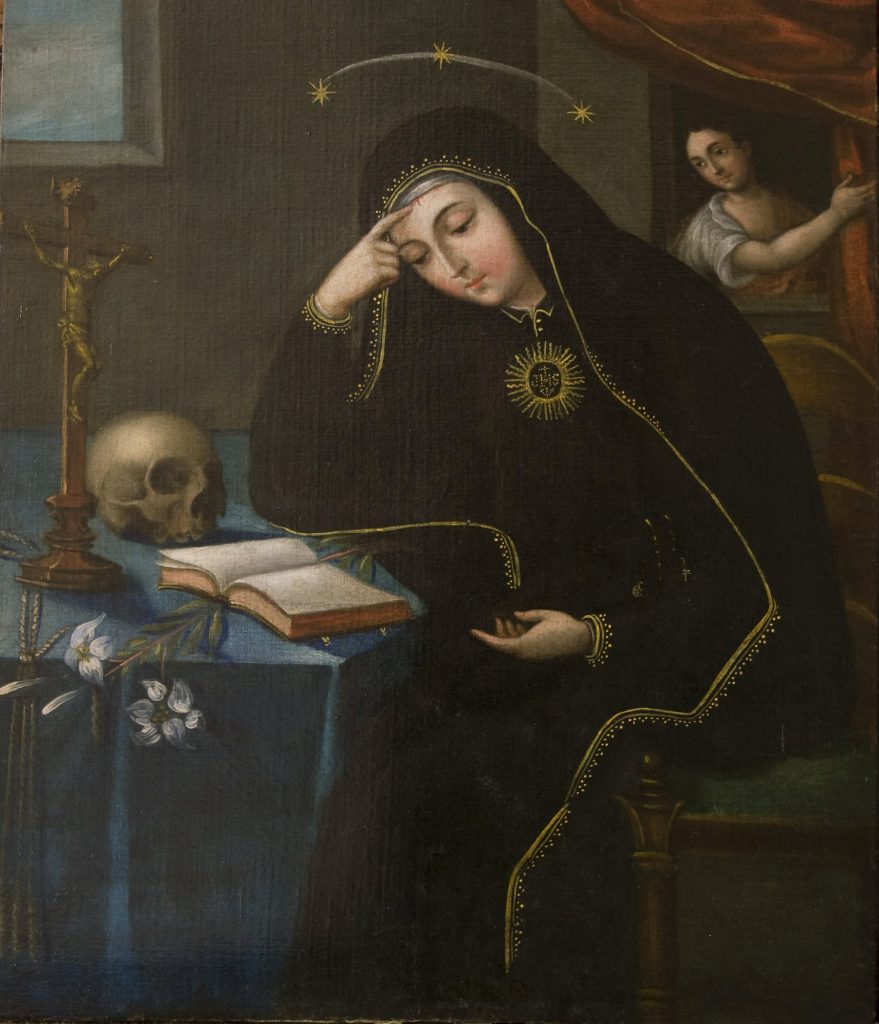
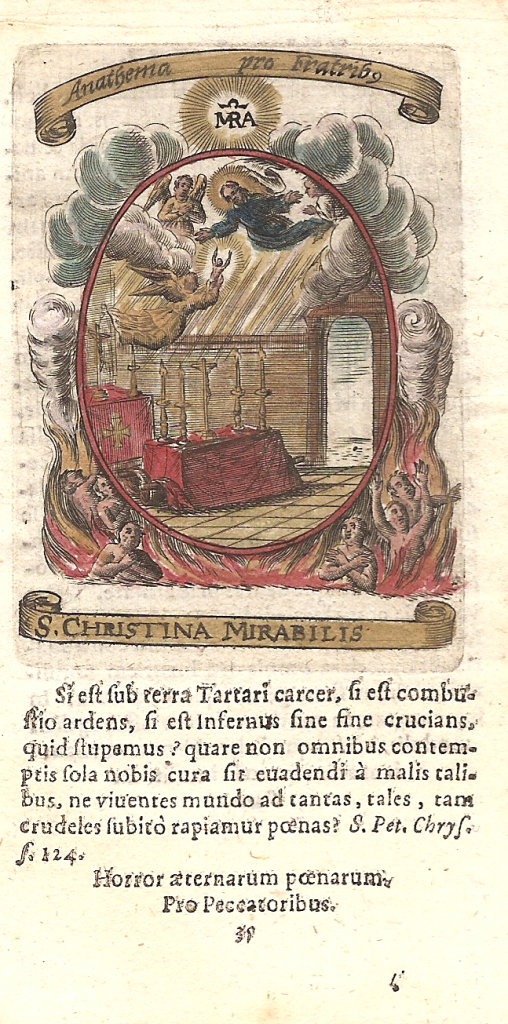
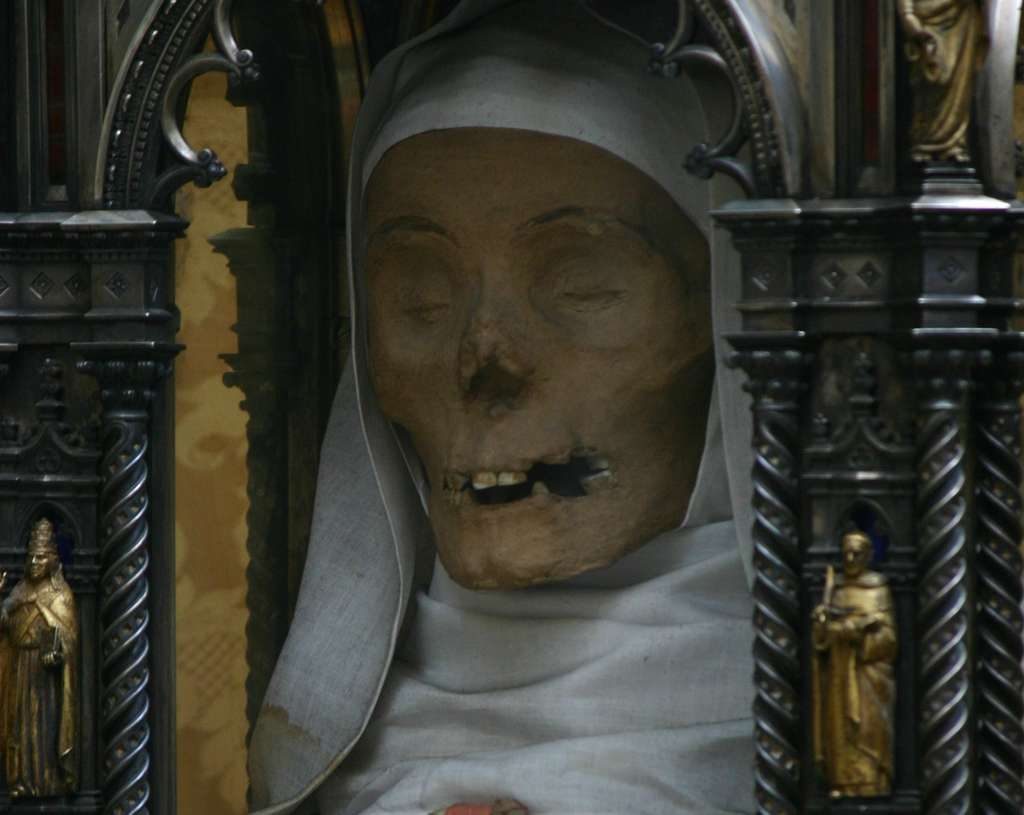
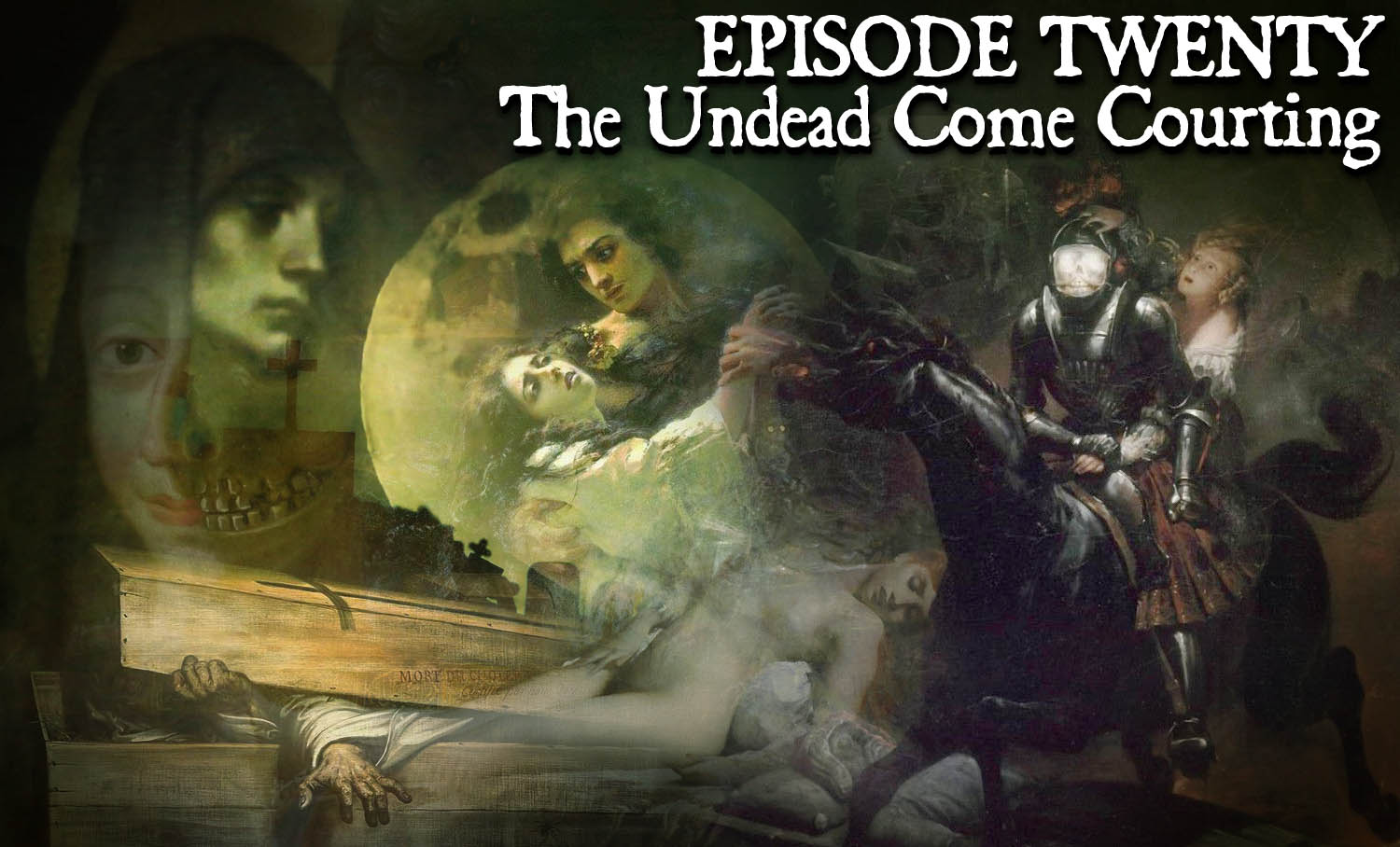
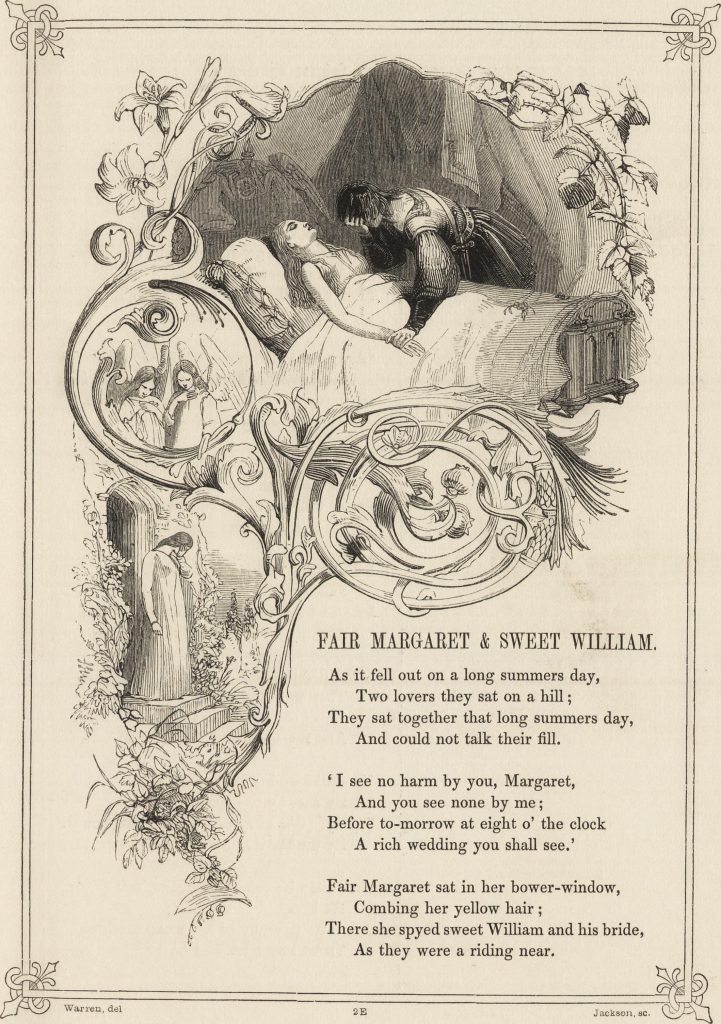
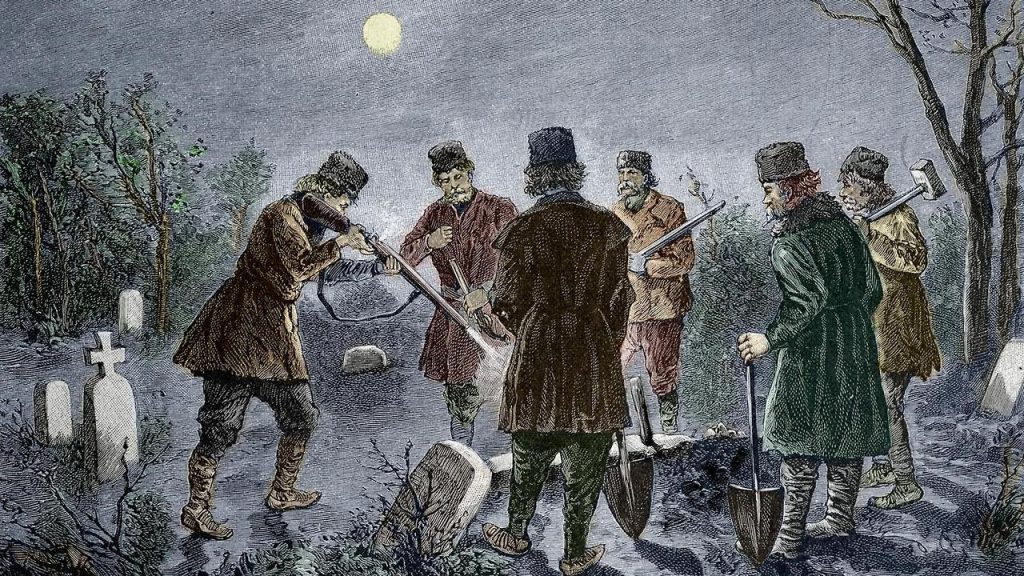
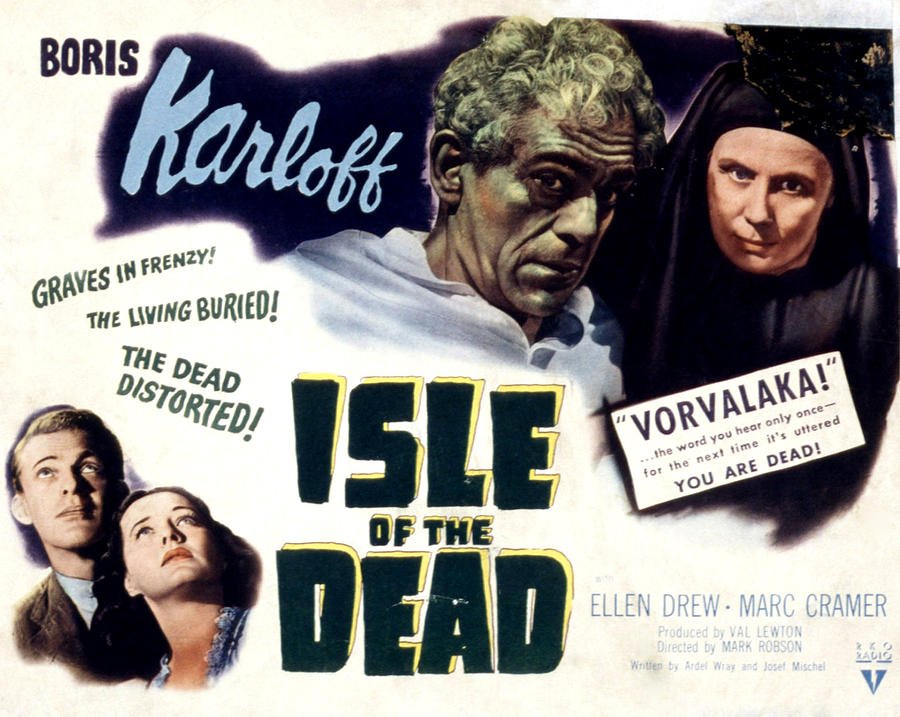 Byron’s contribution to Gothic literature (as host to Mary Shelley during her early writing of Frankenstein) is illustrated with another snippet from Ken Russel’s cinematic work, his 1986 film
Byron’s contribution to Gothic literature (as host to Mary Shelley during her early writing of Frankenstein) is illustrated with another snippet from Ken Russel’s cinematic work, his 1986 film 